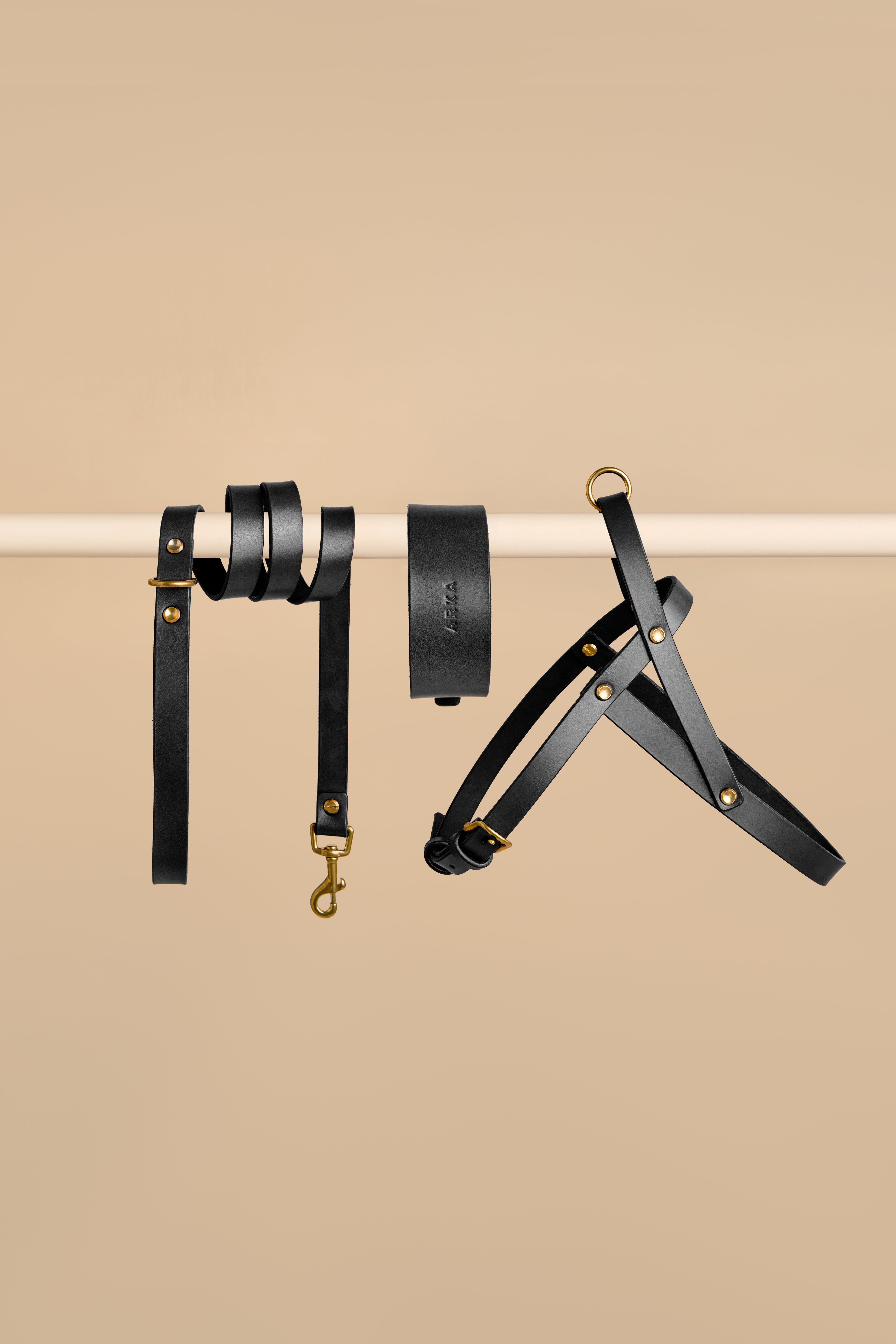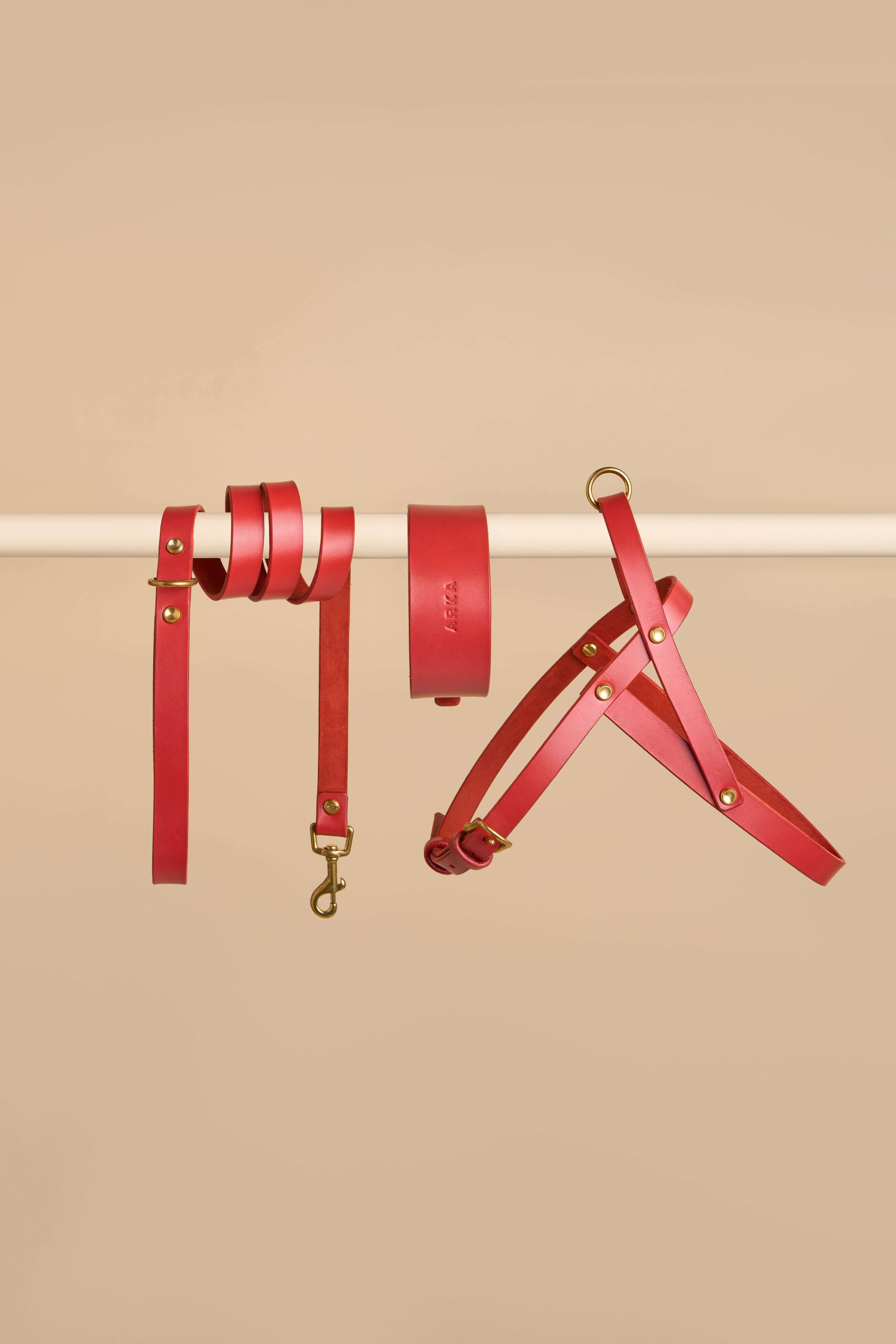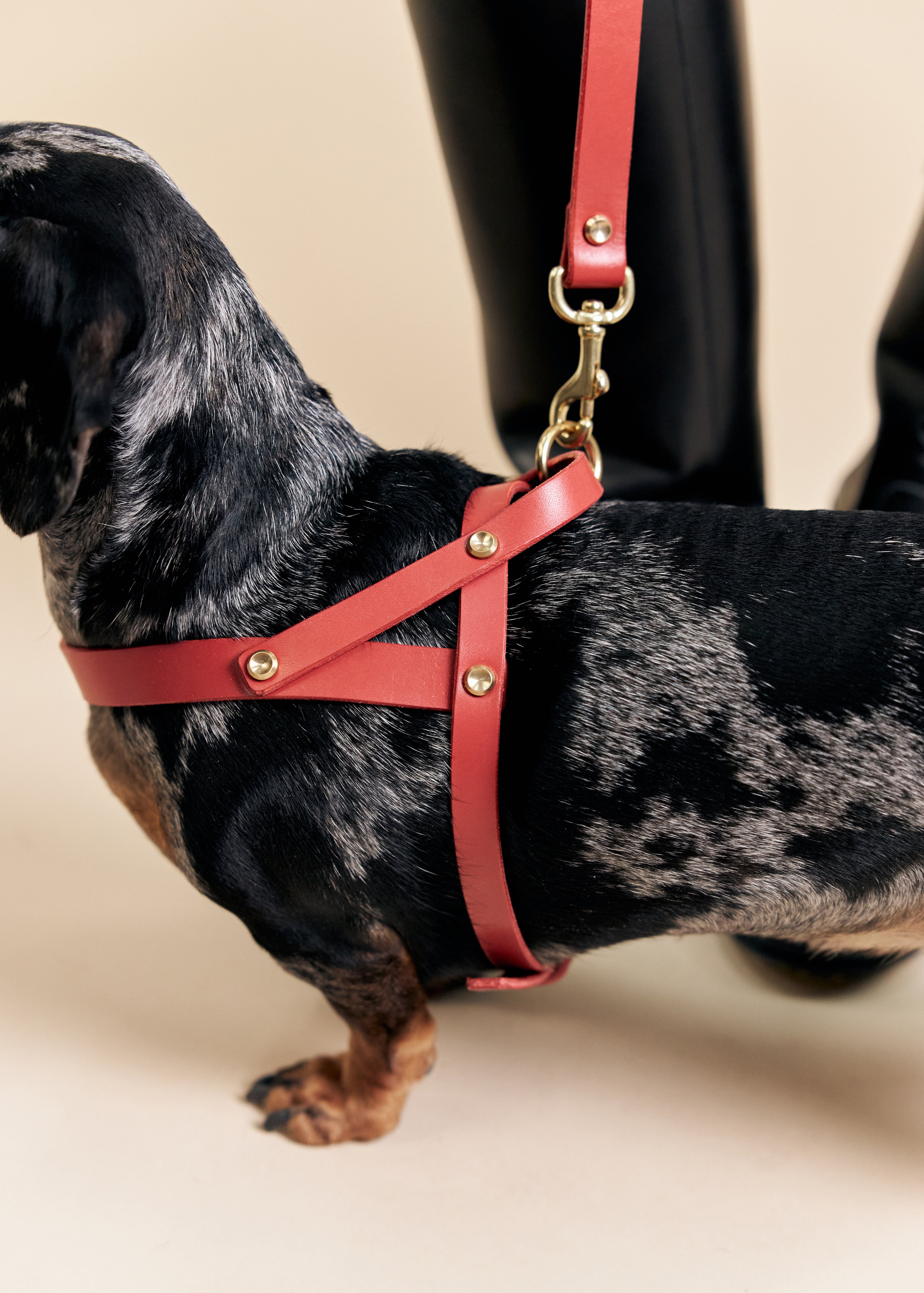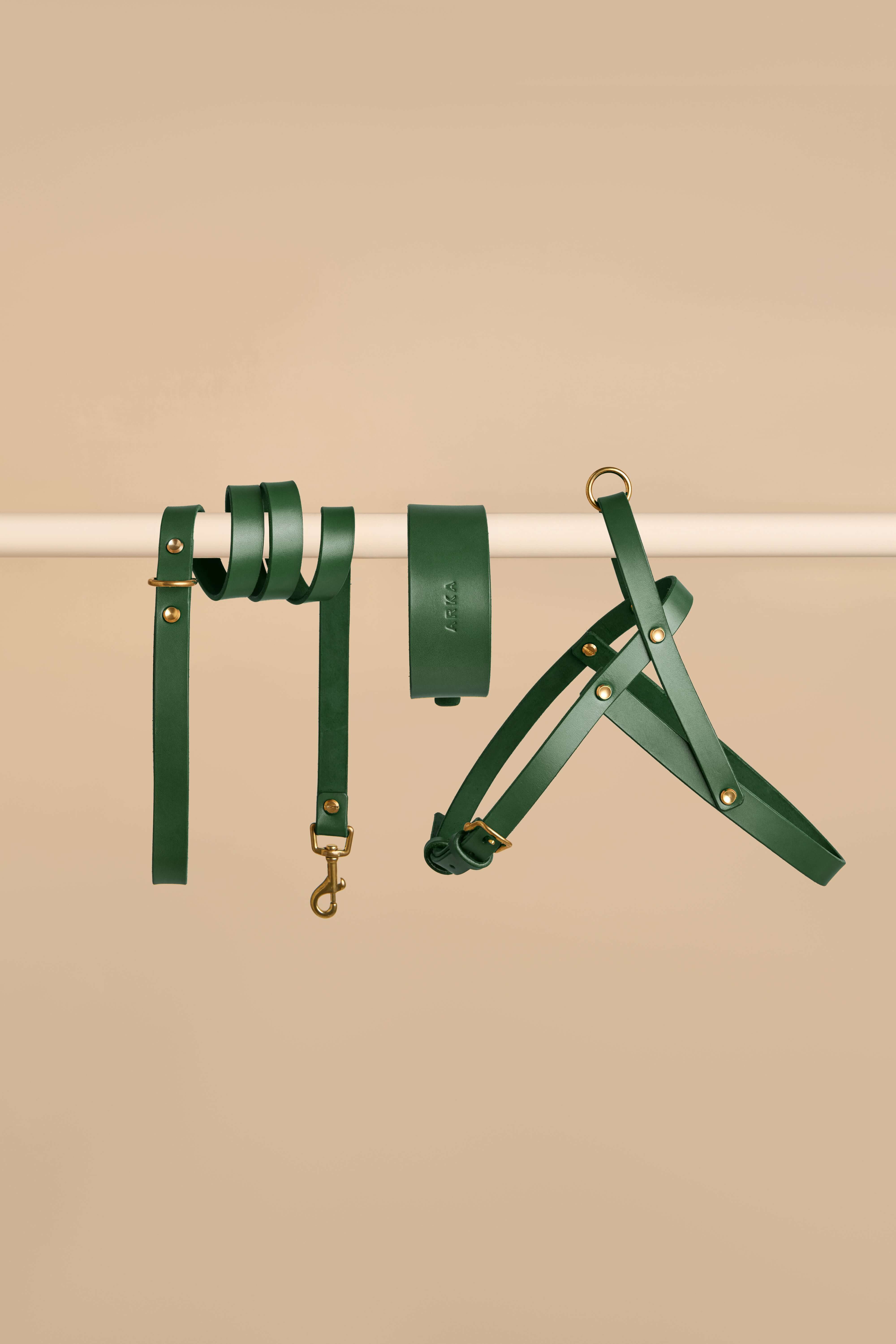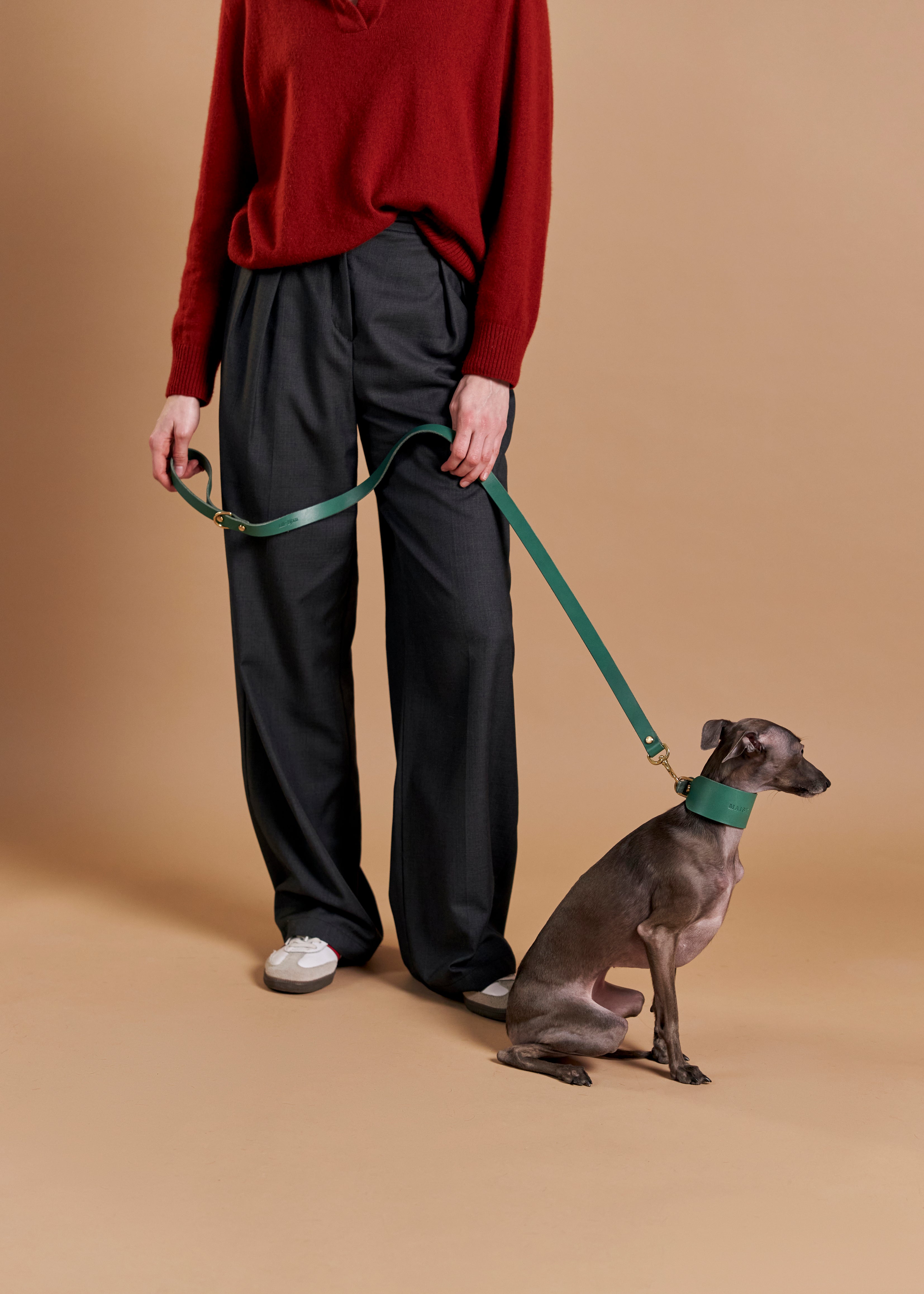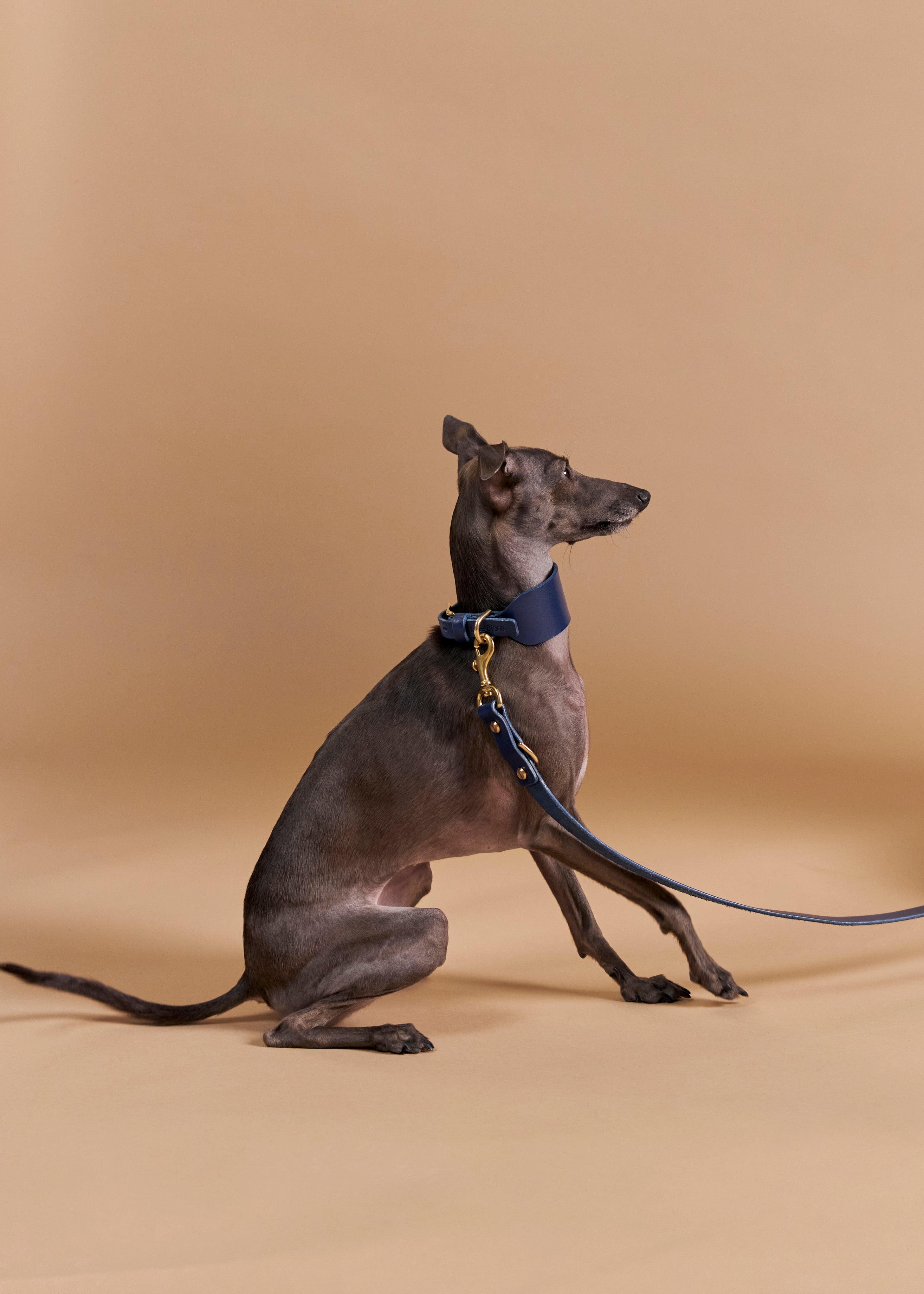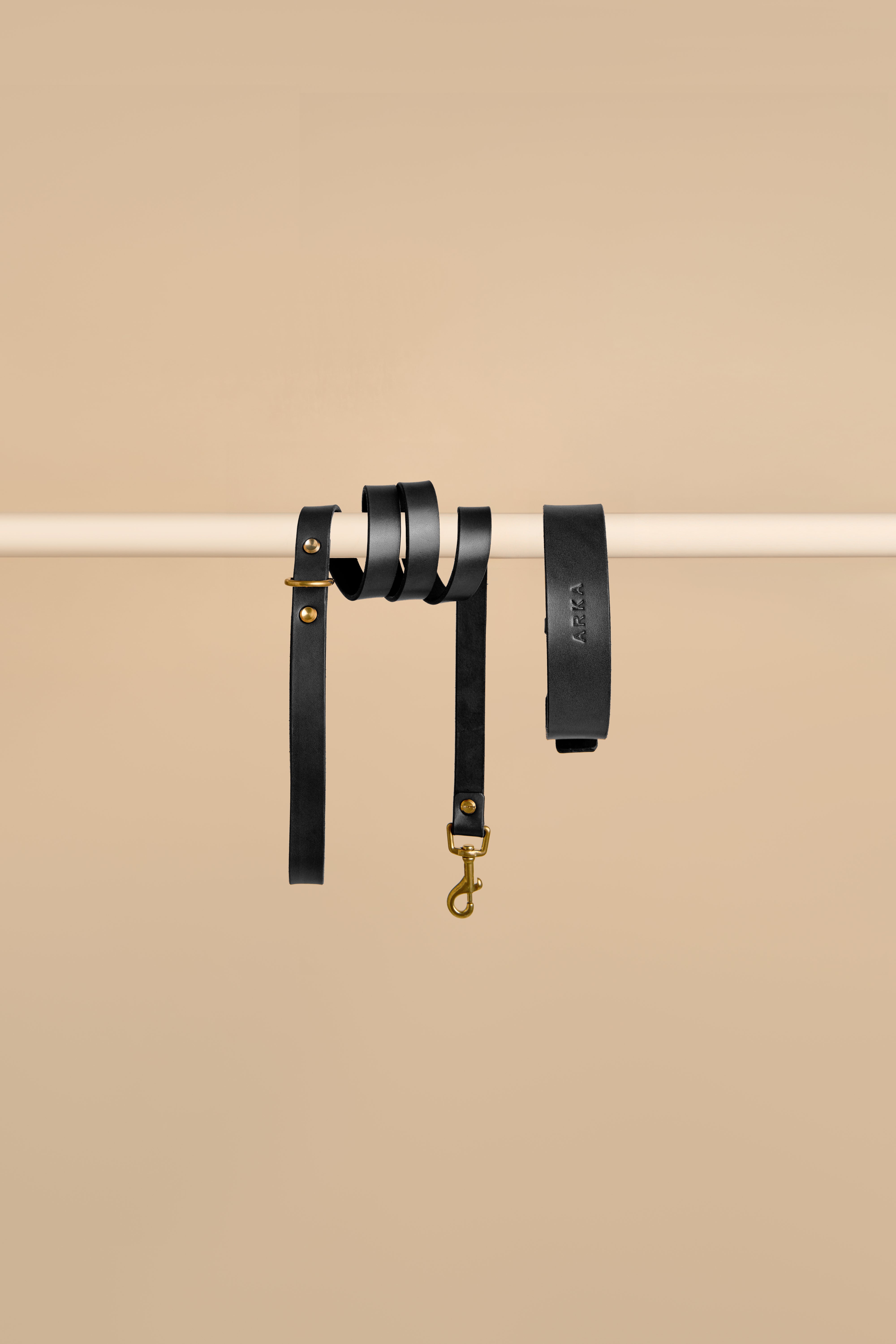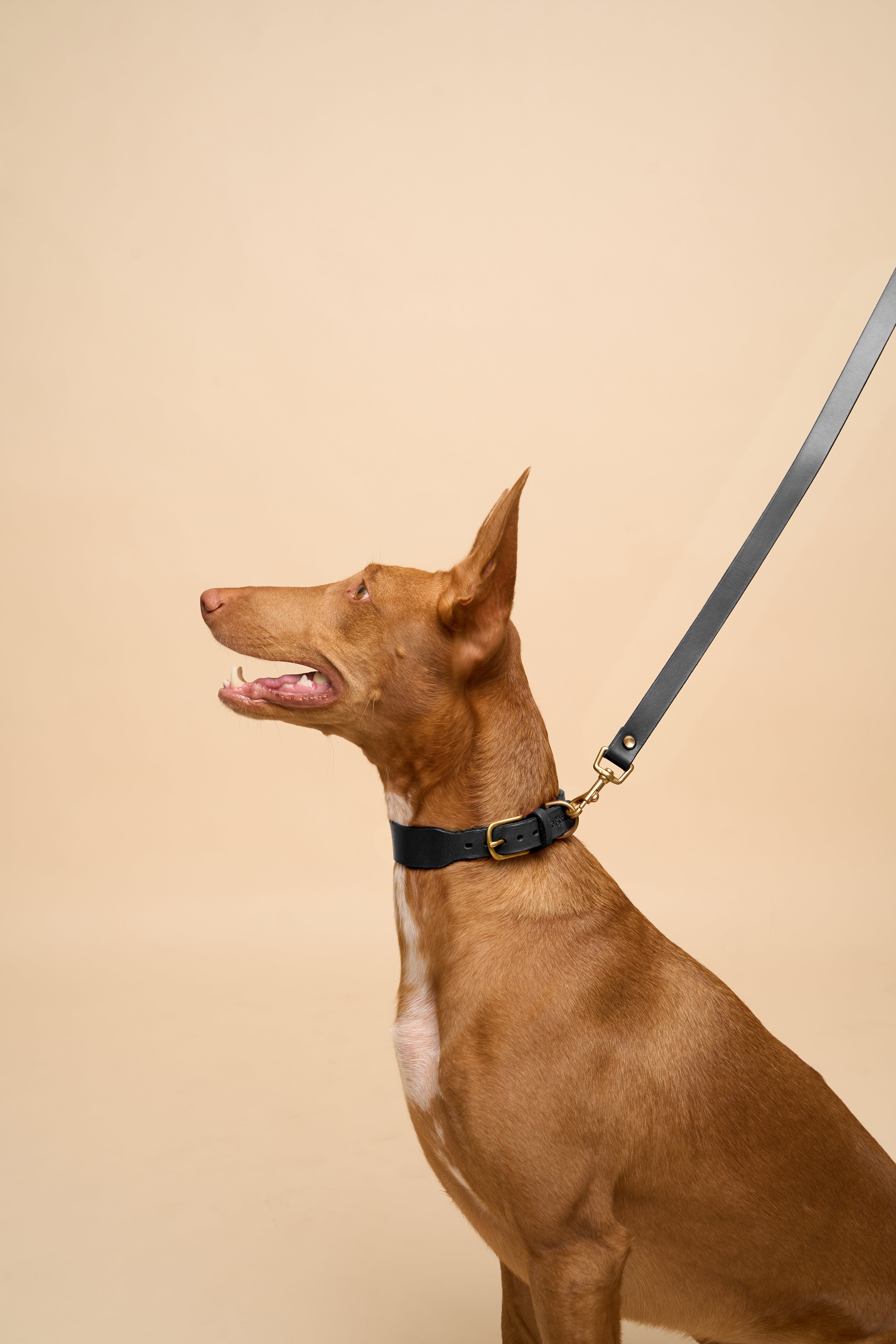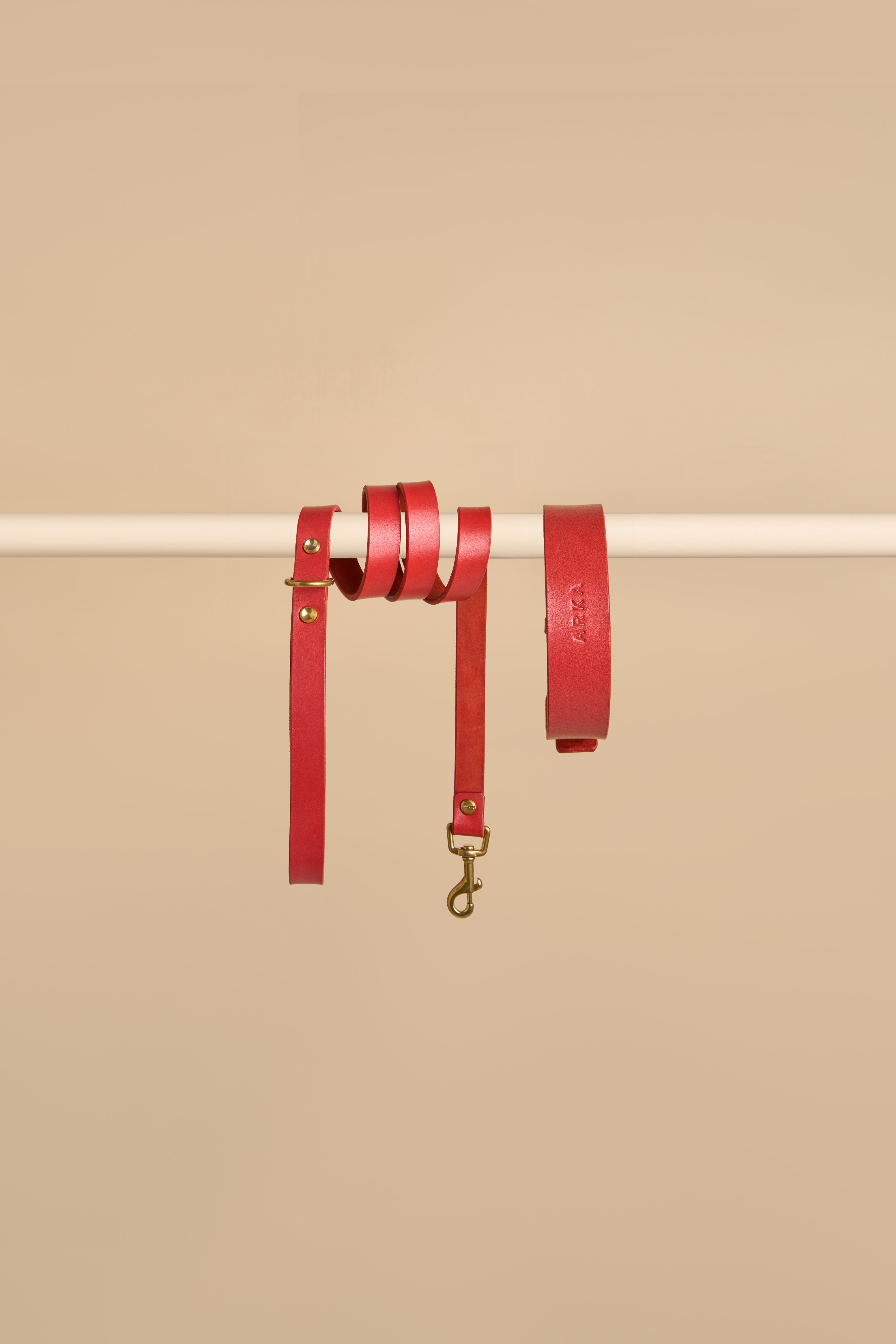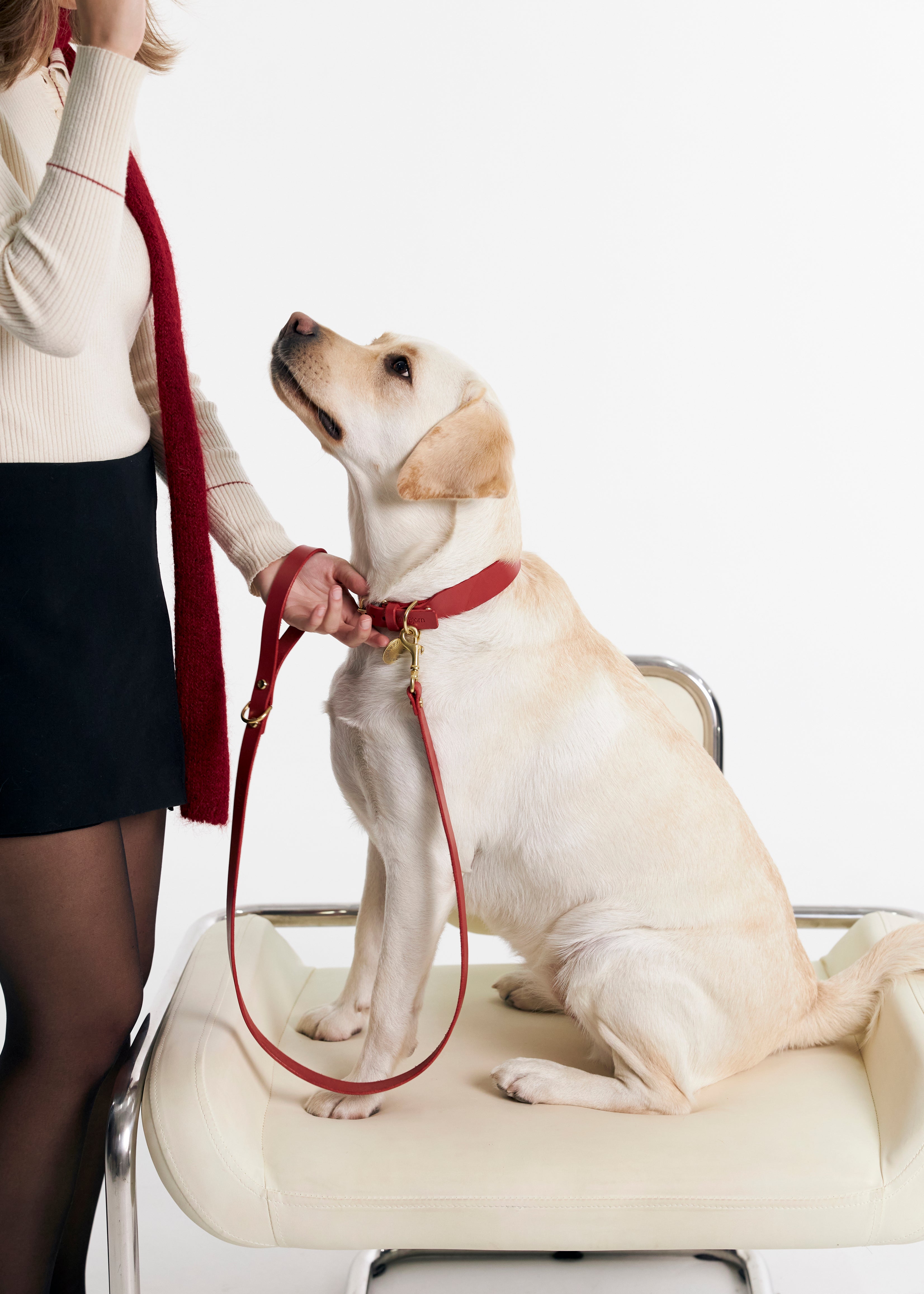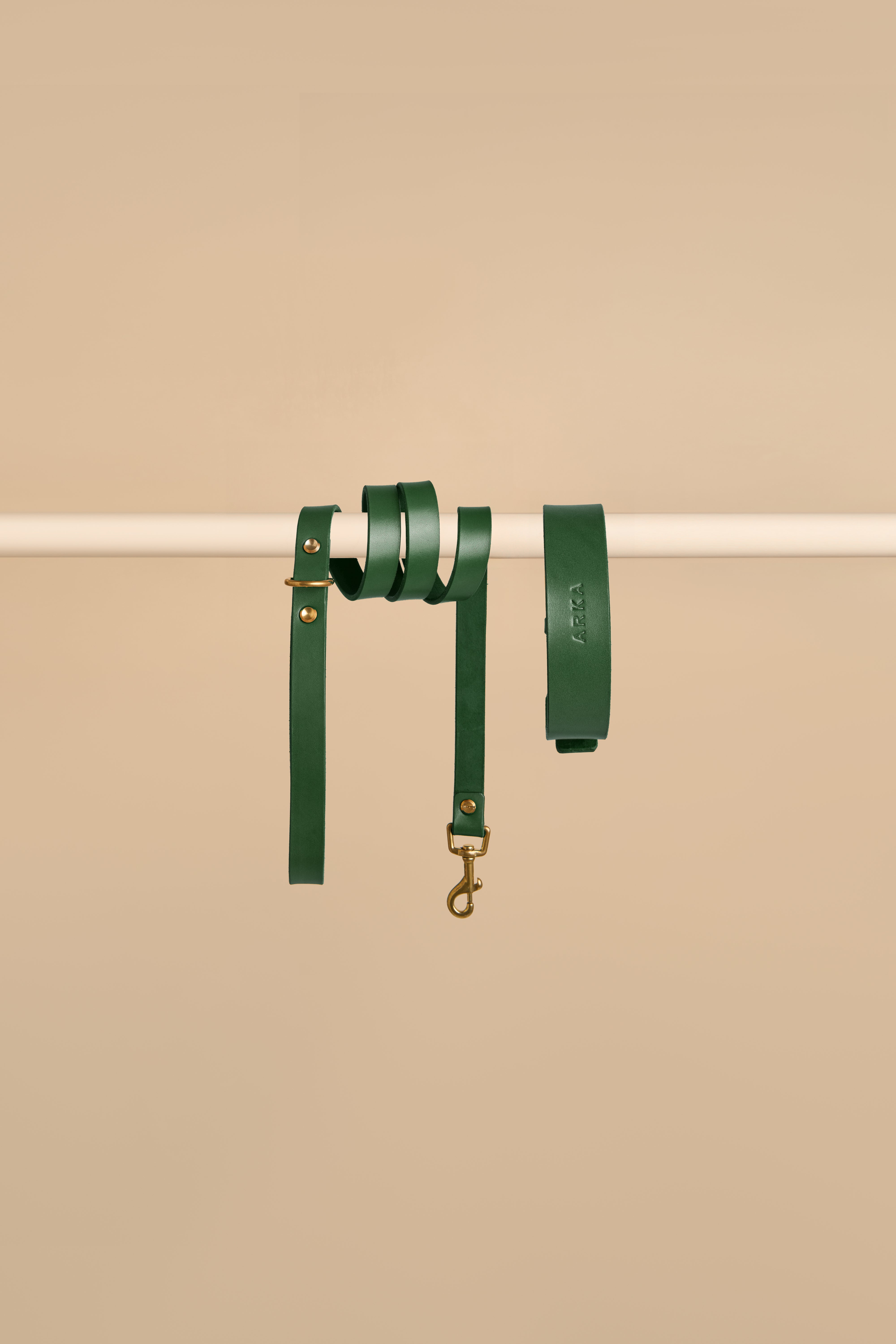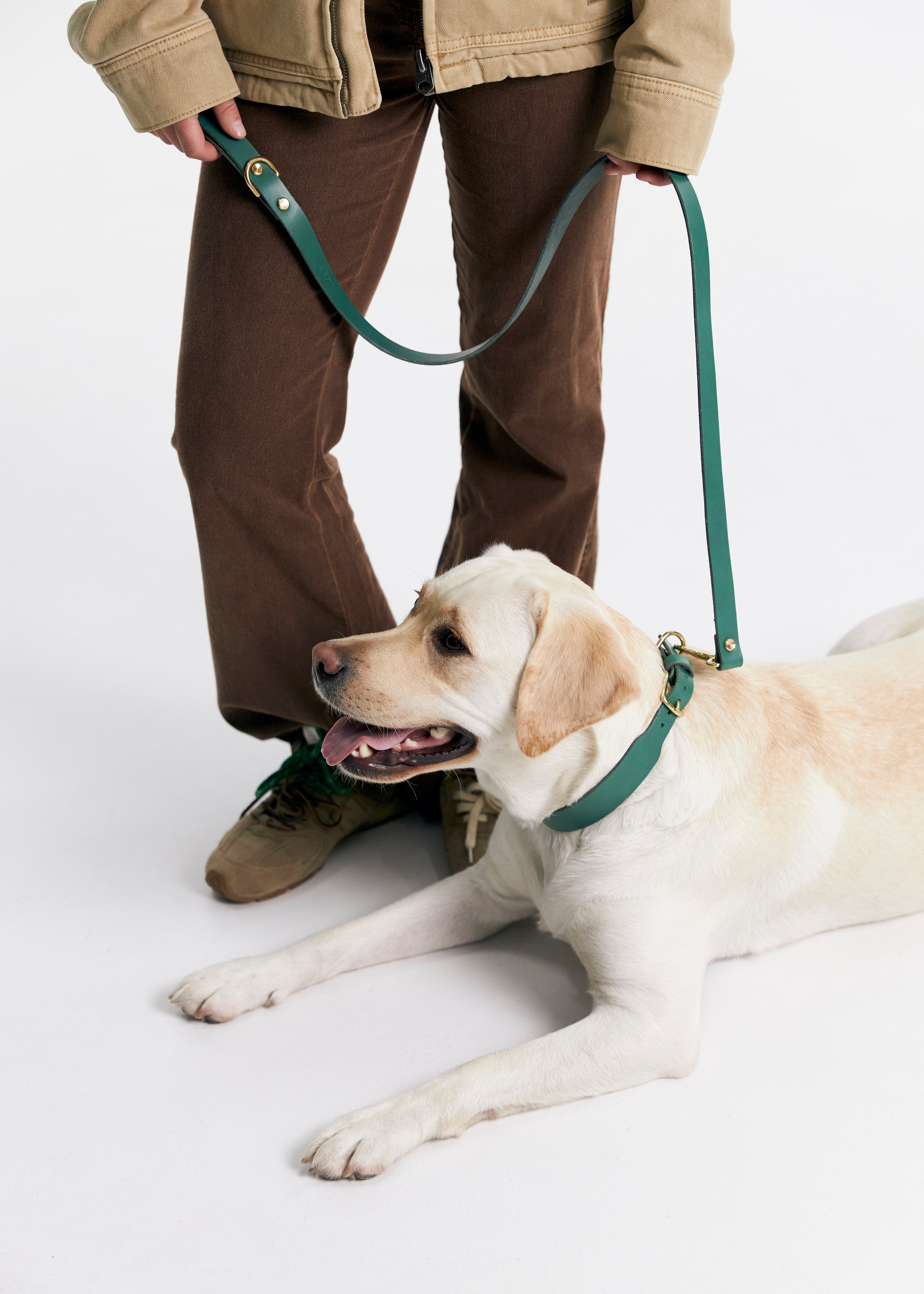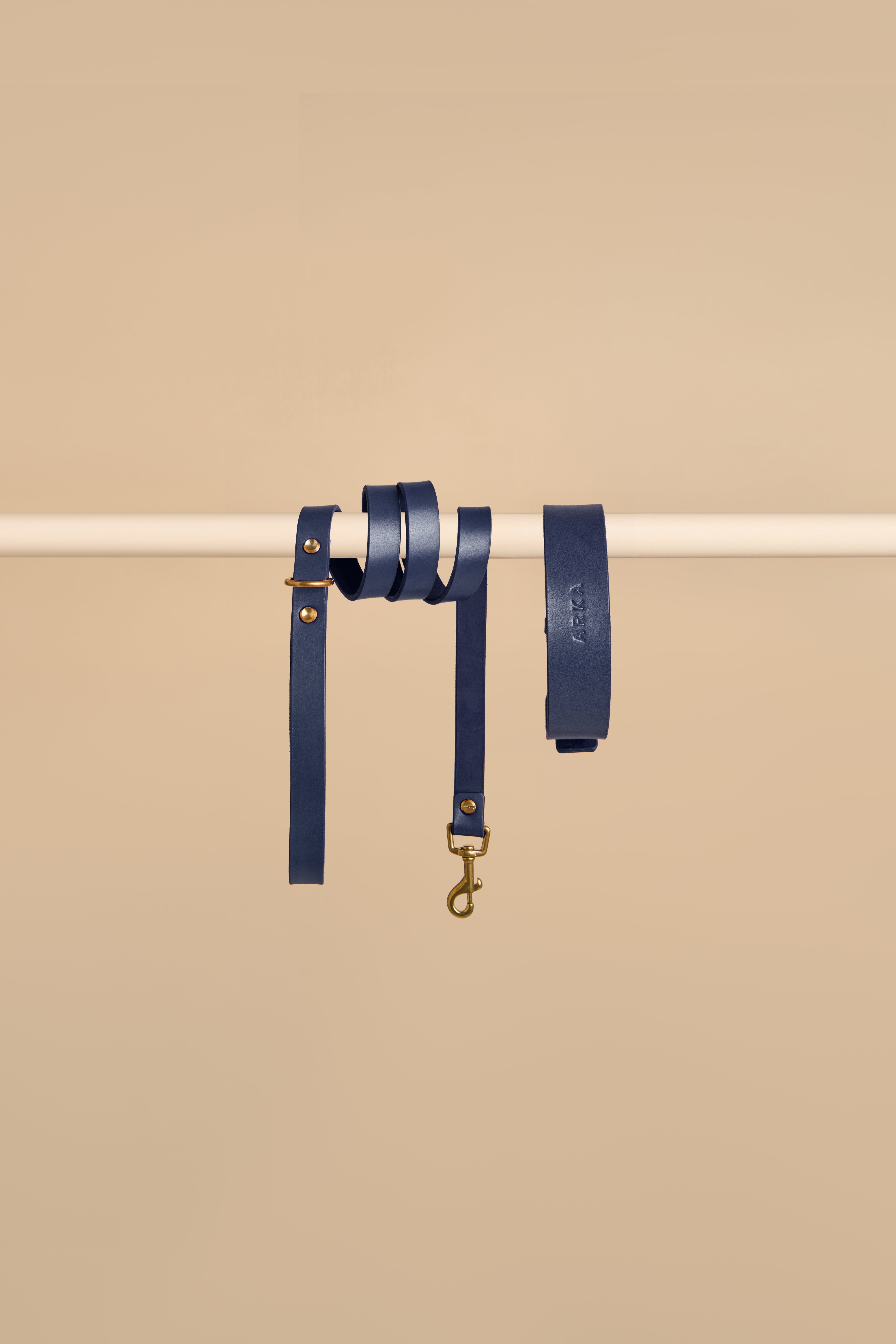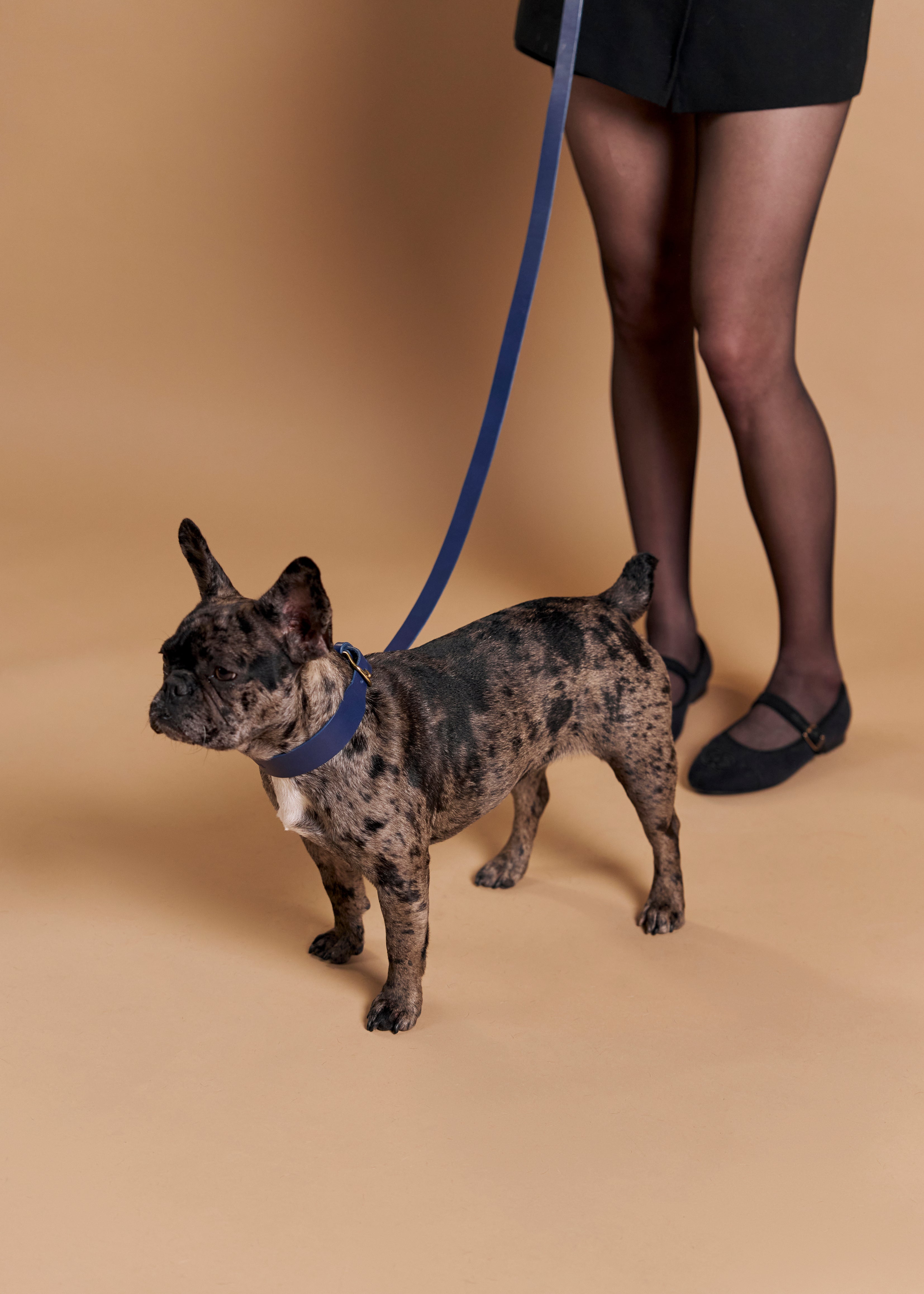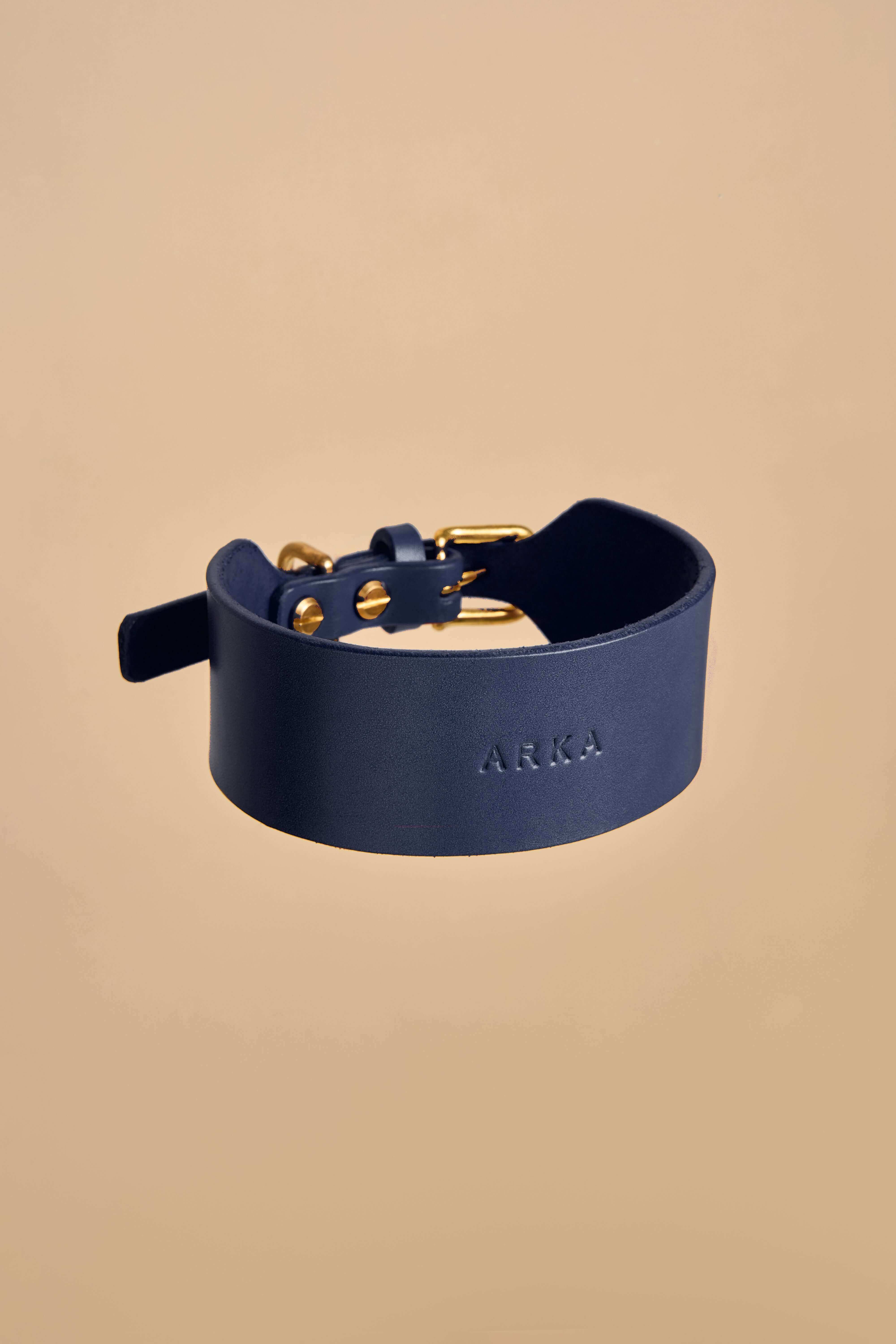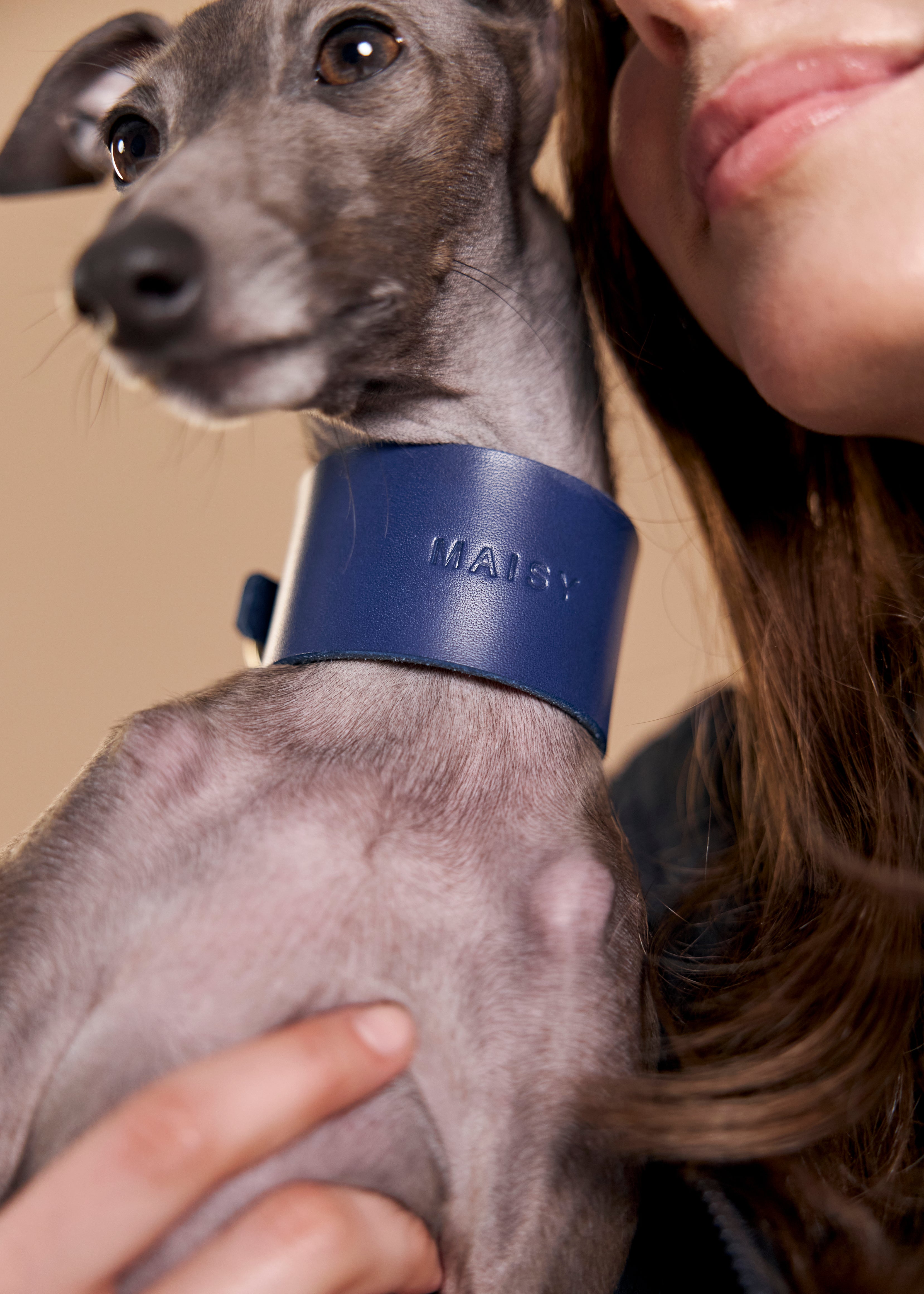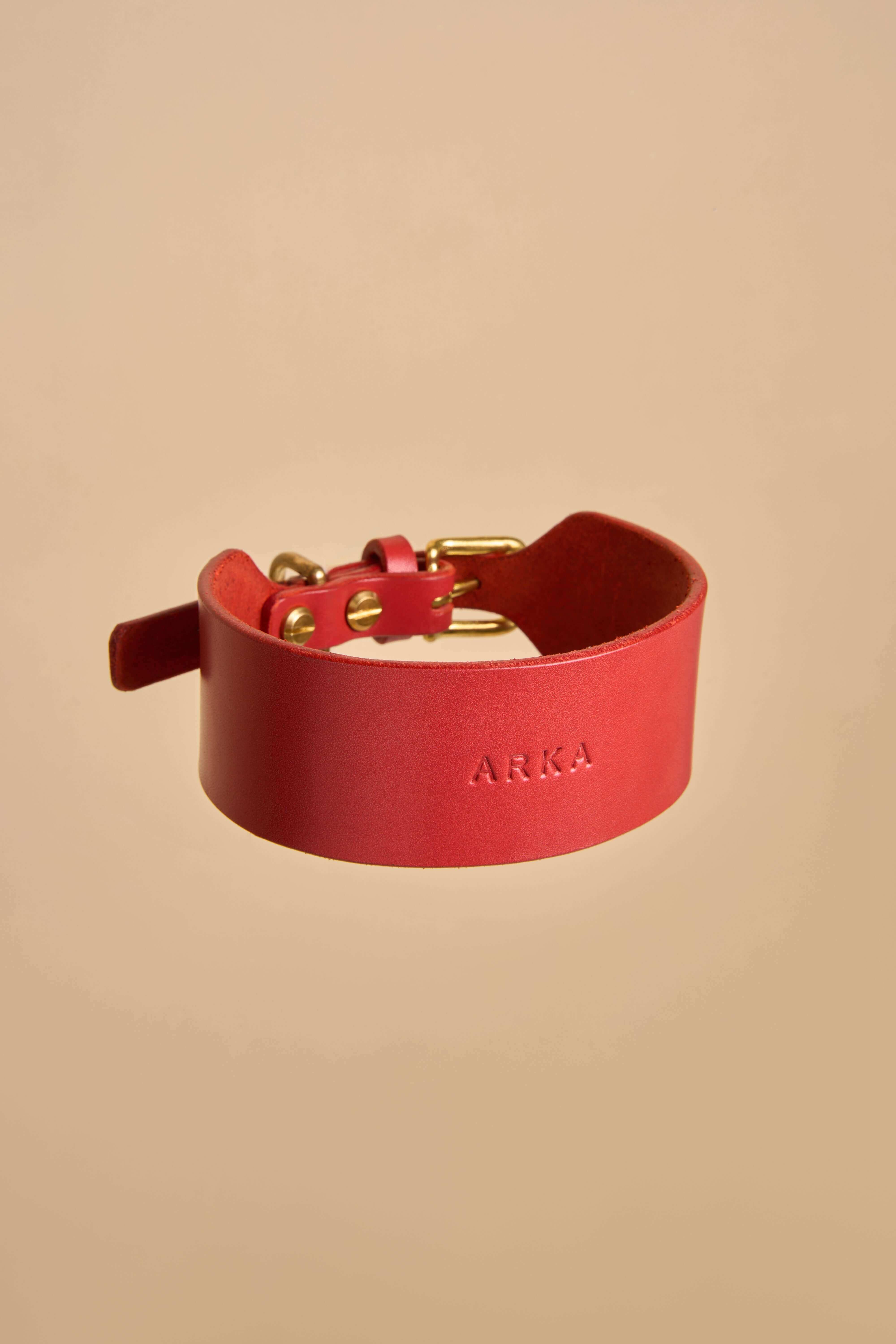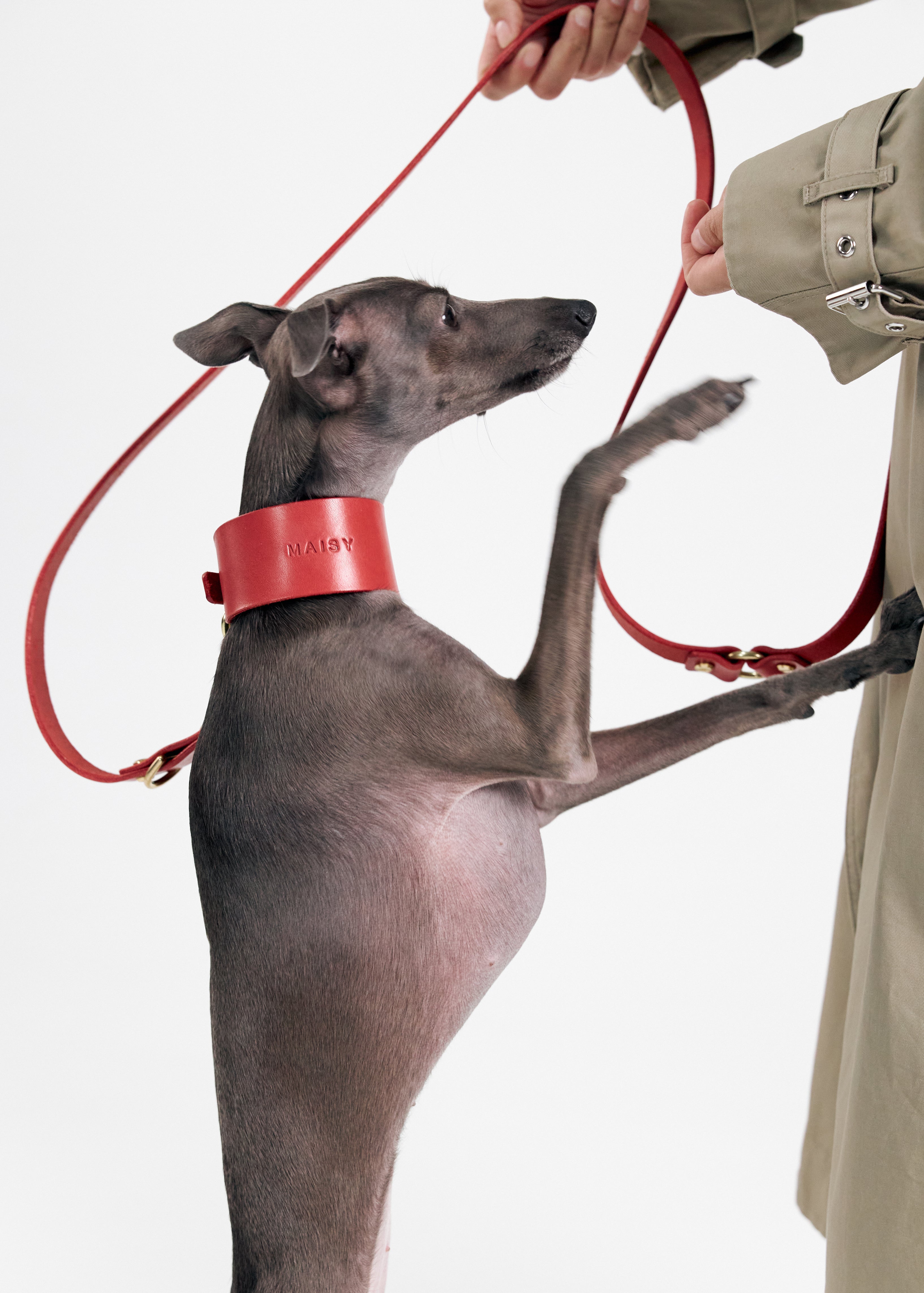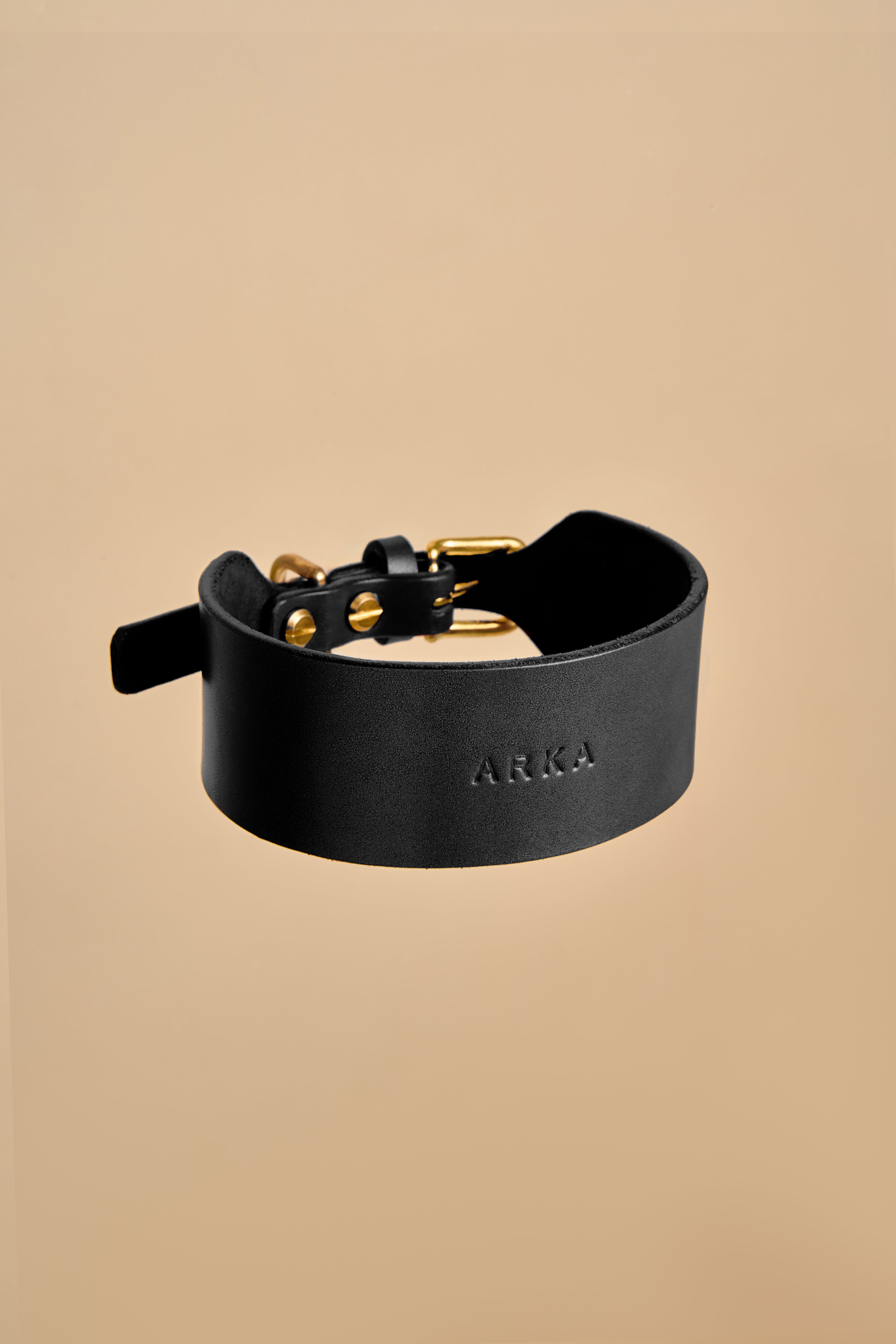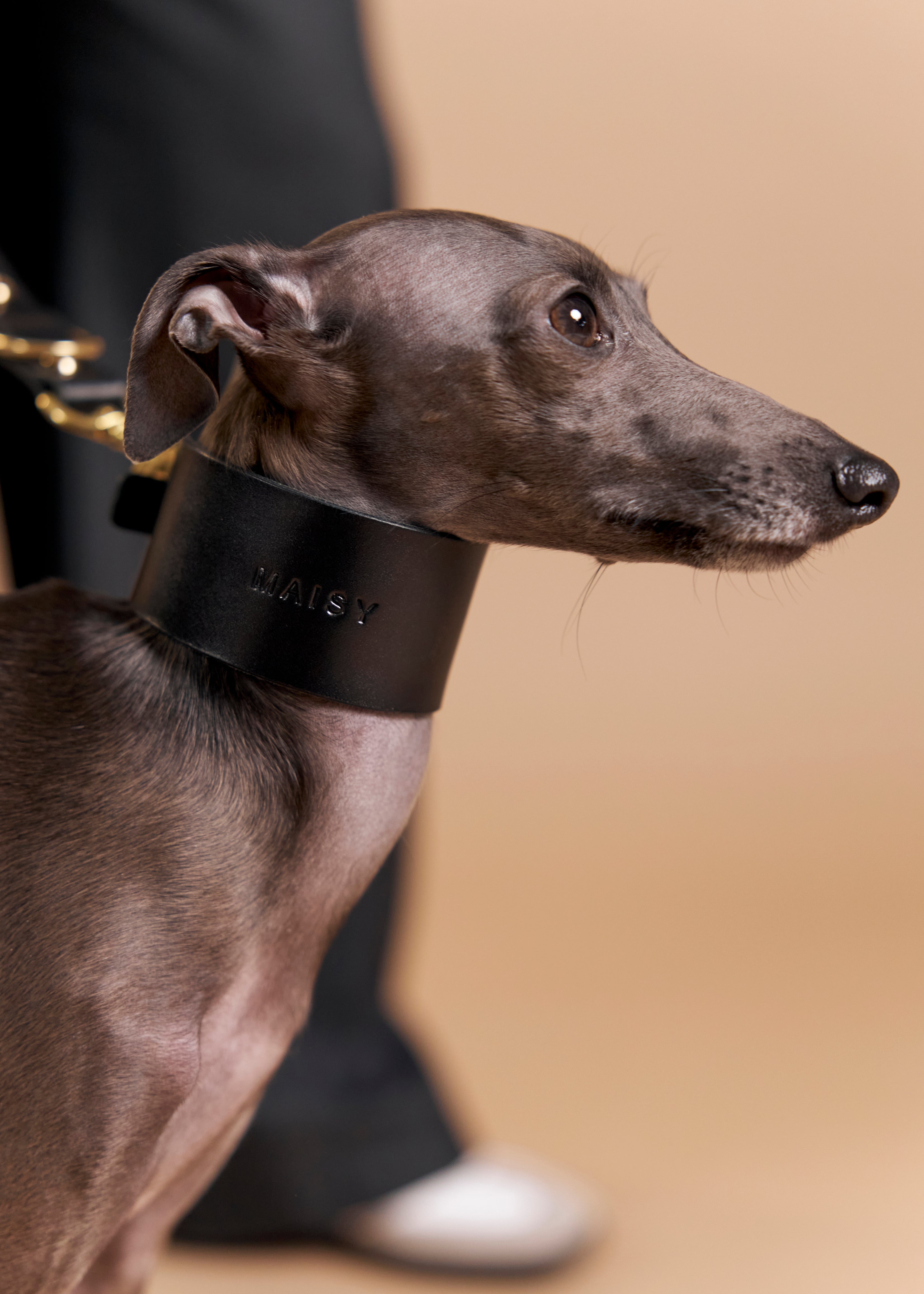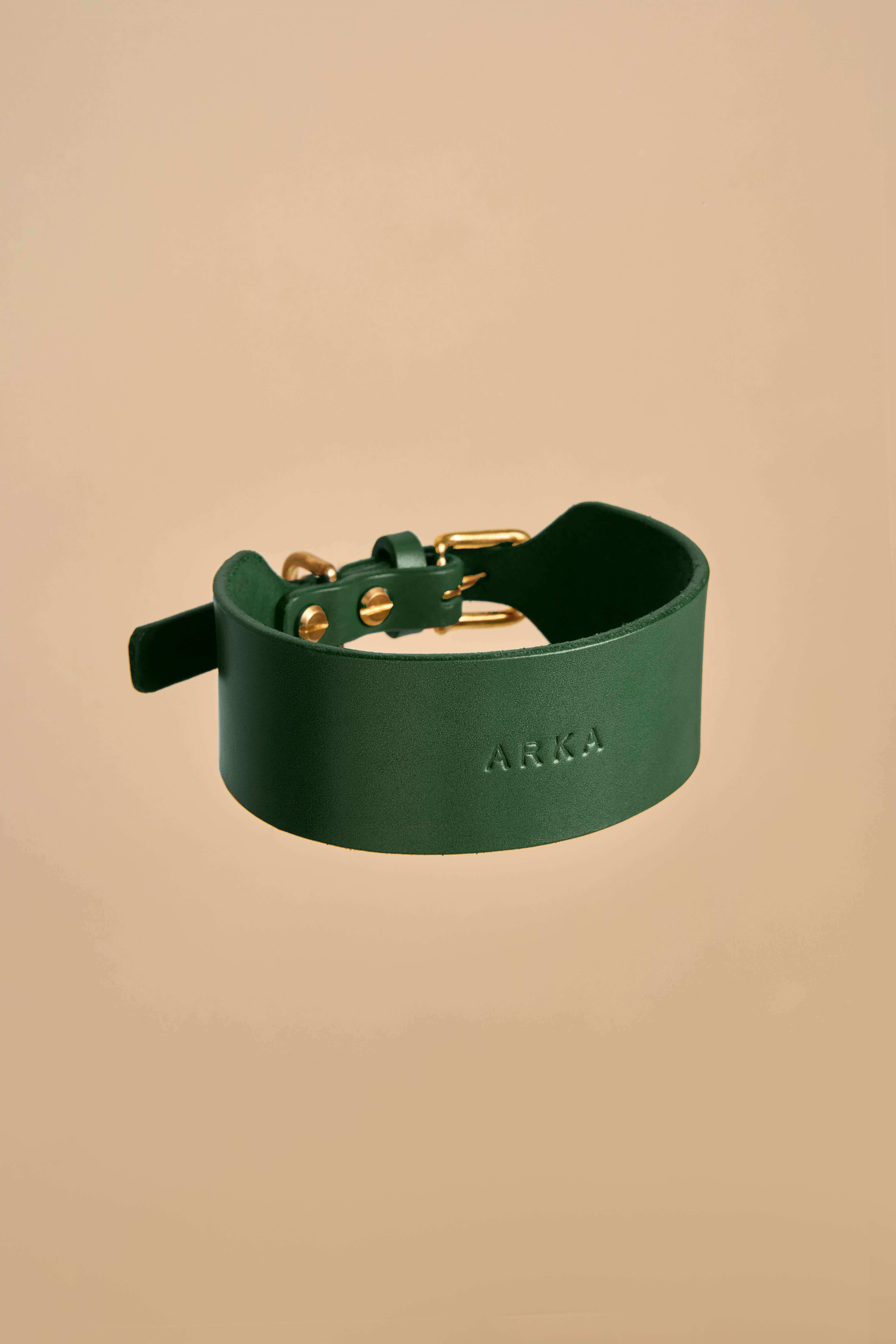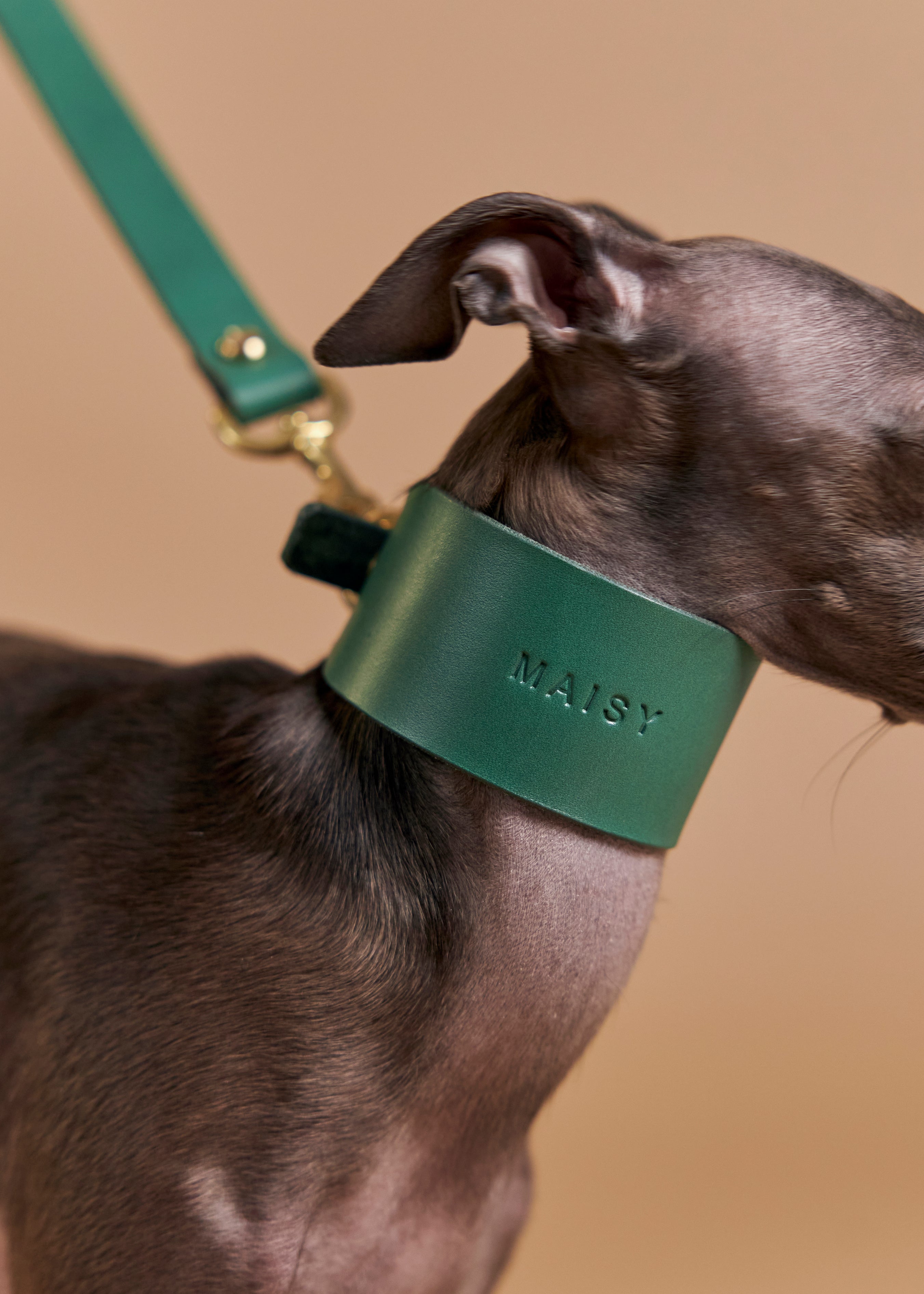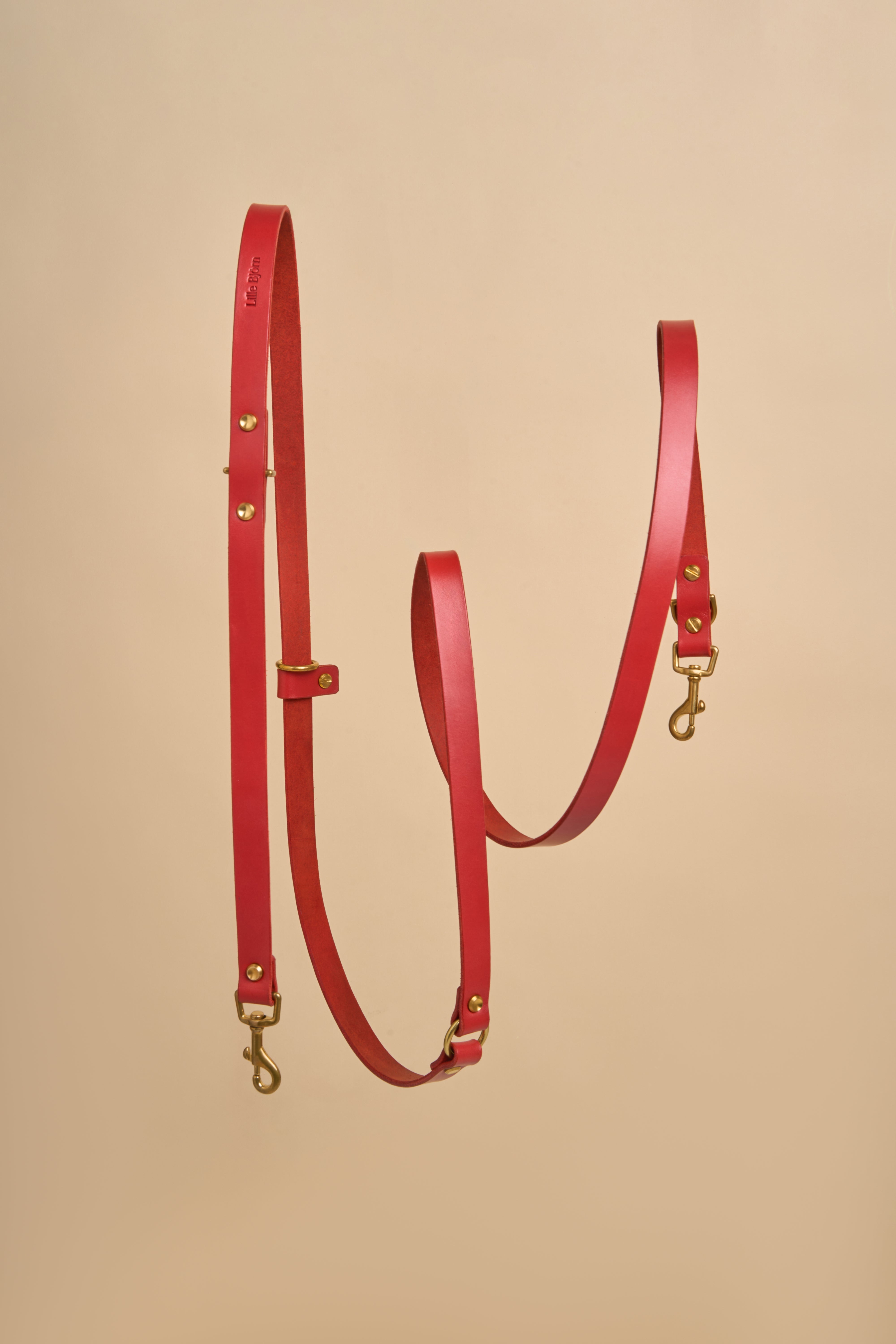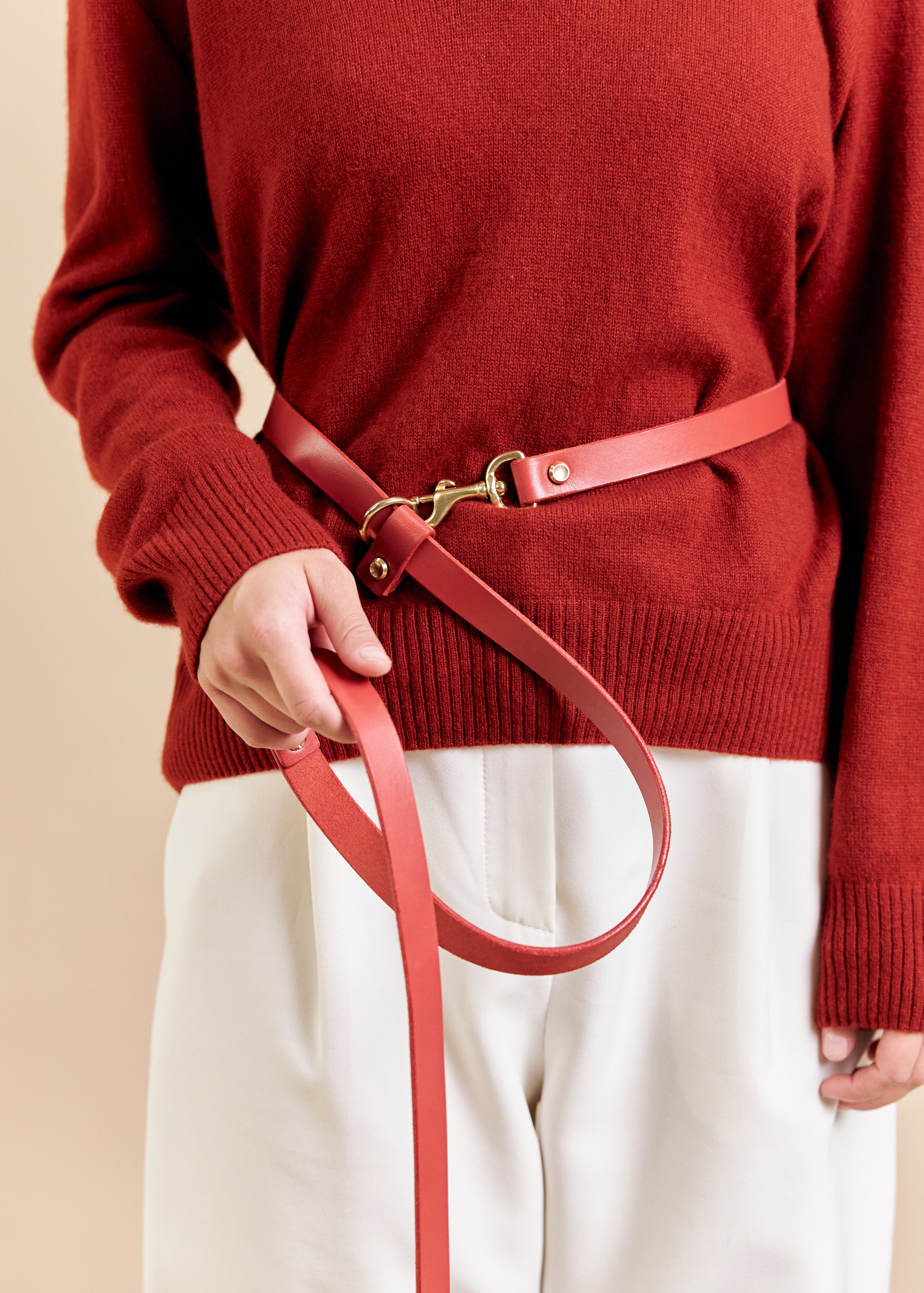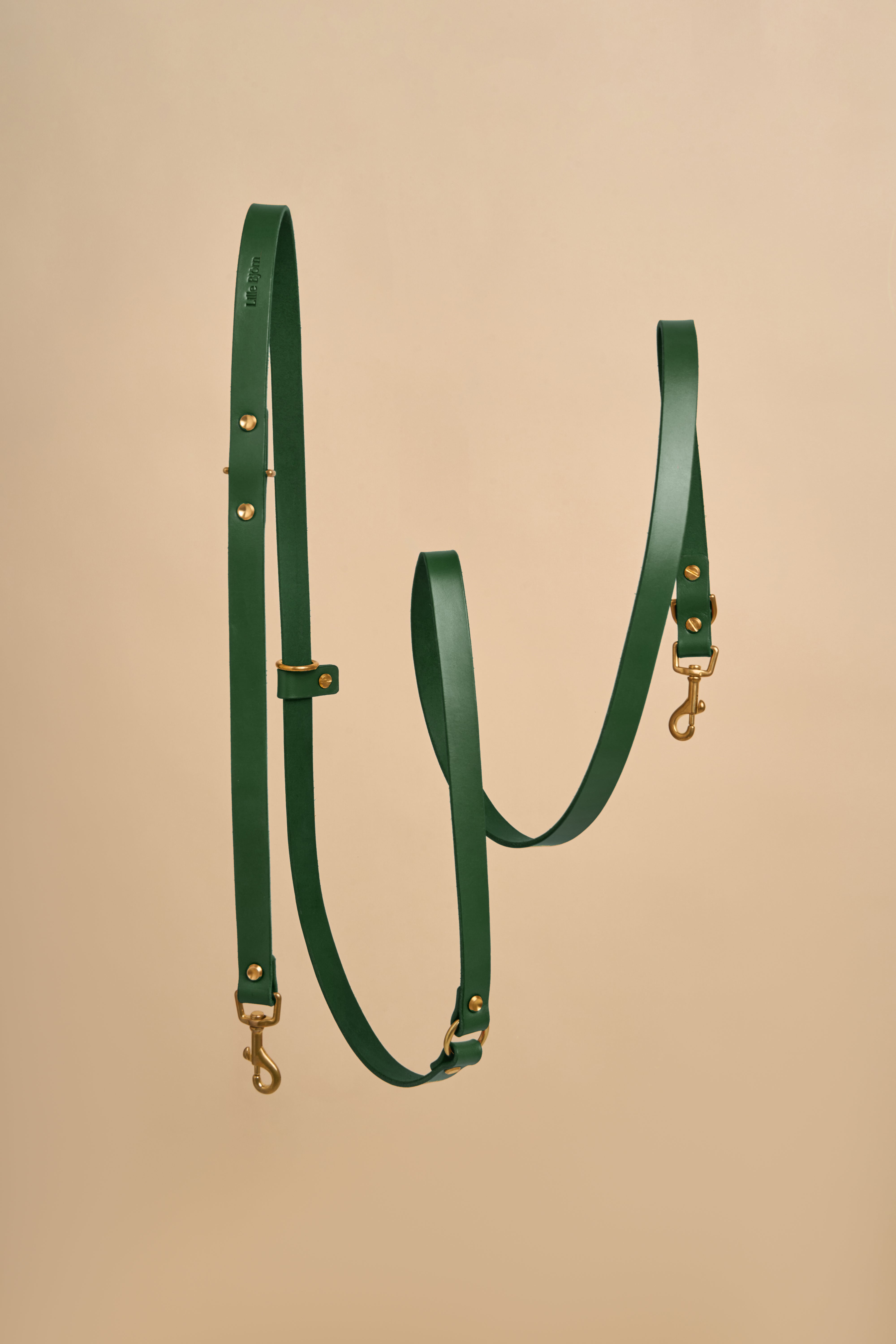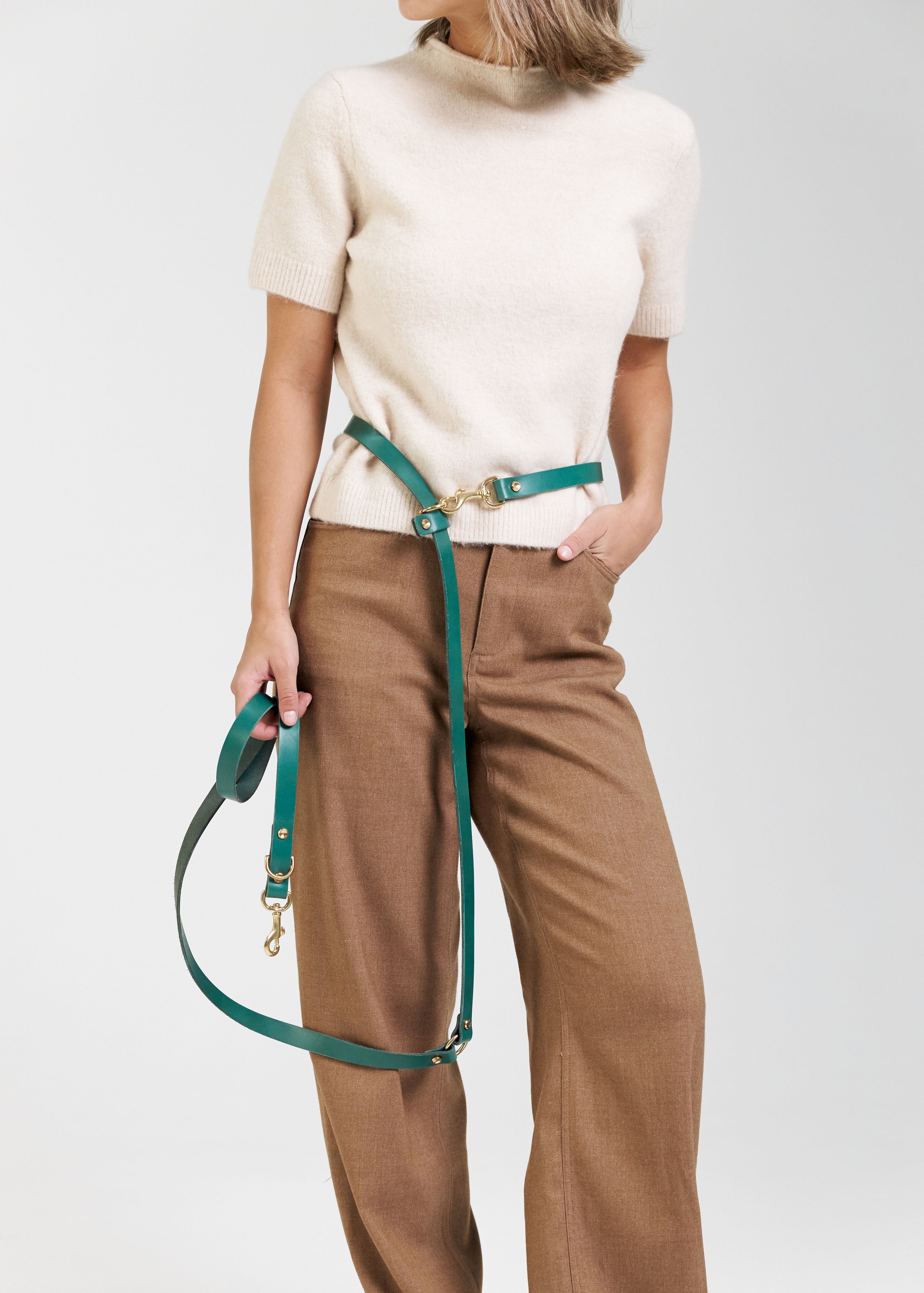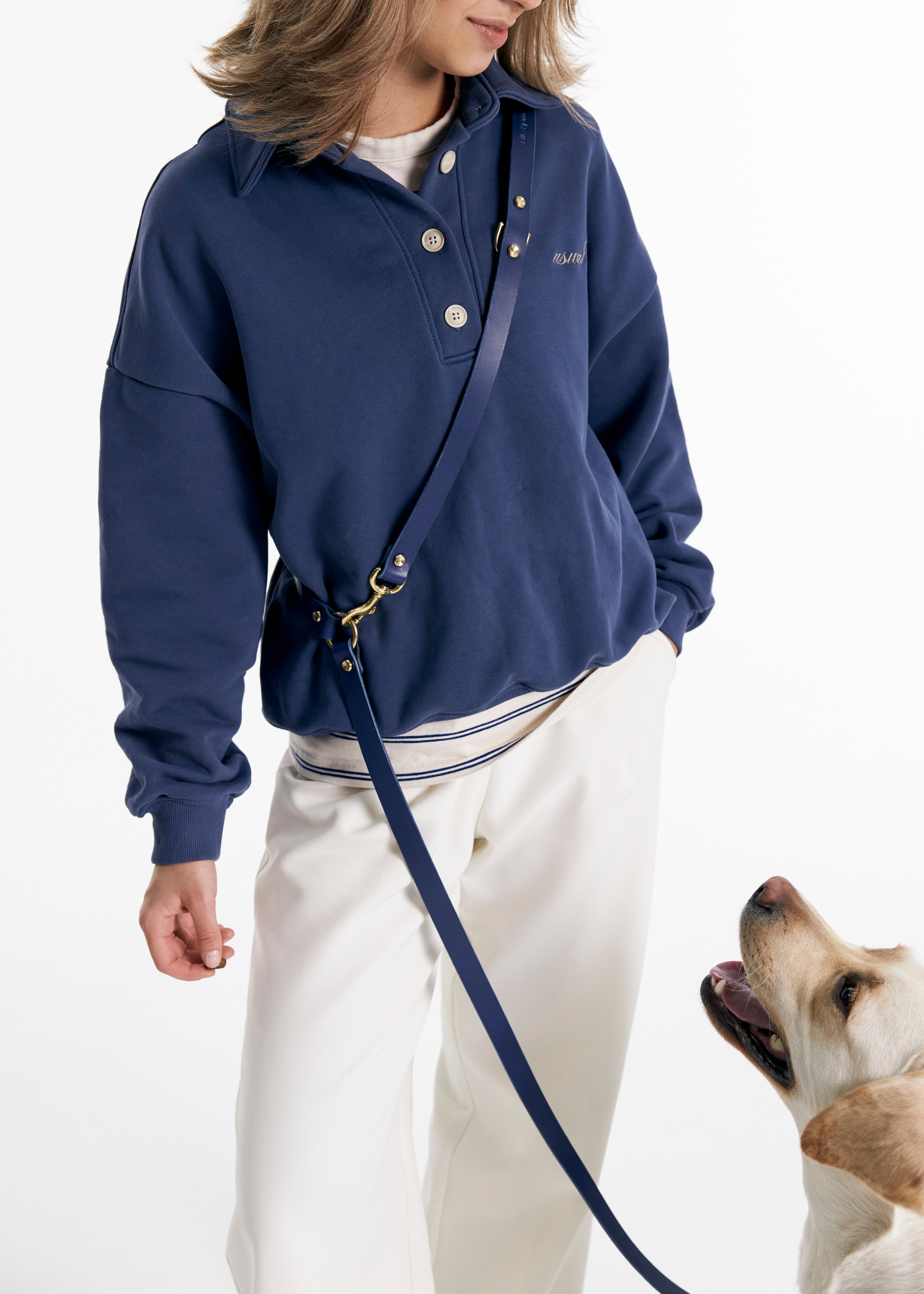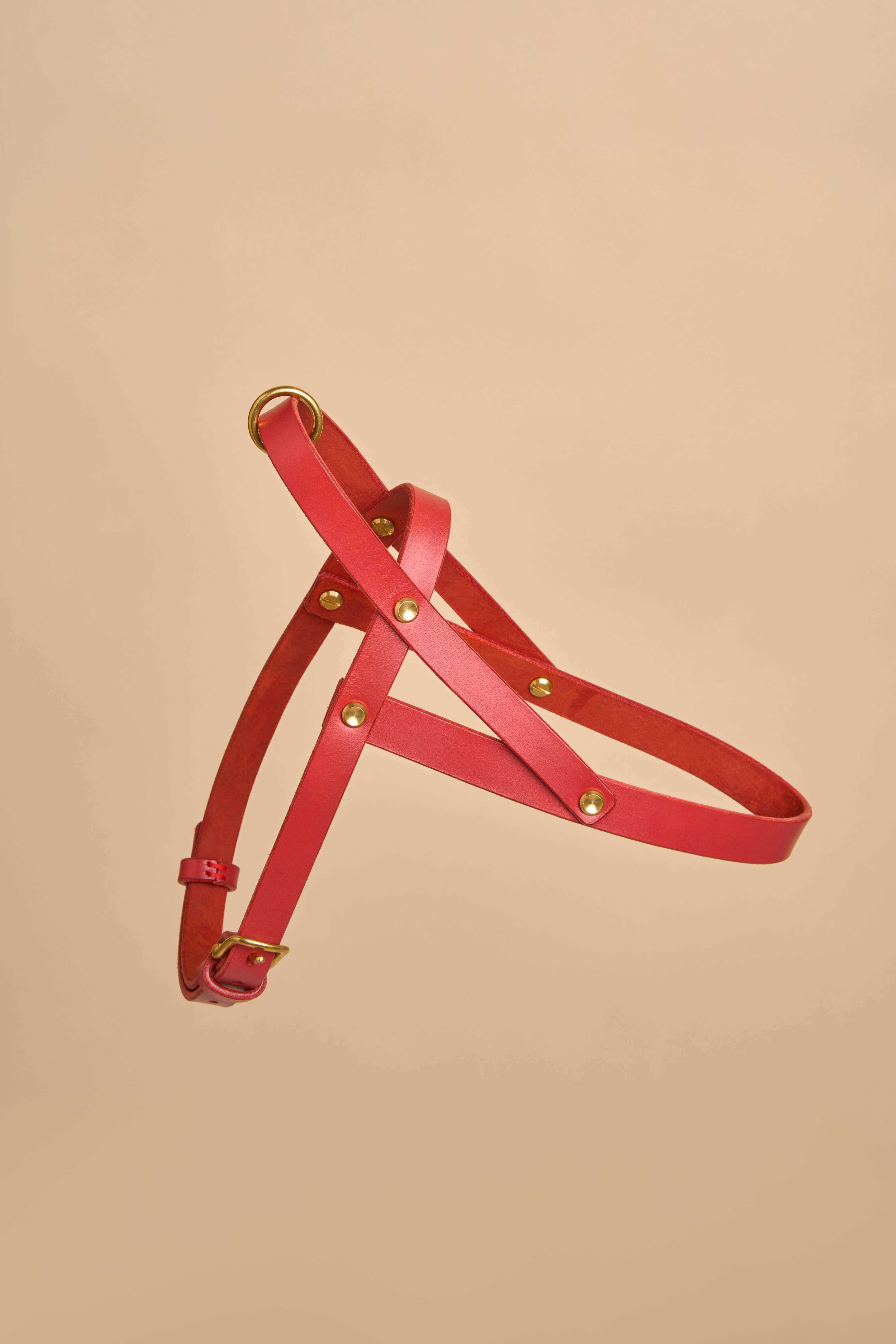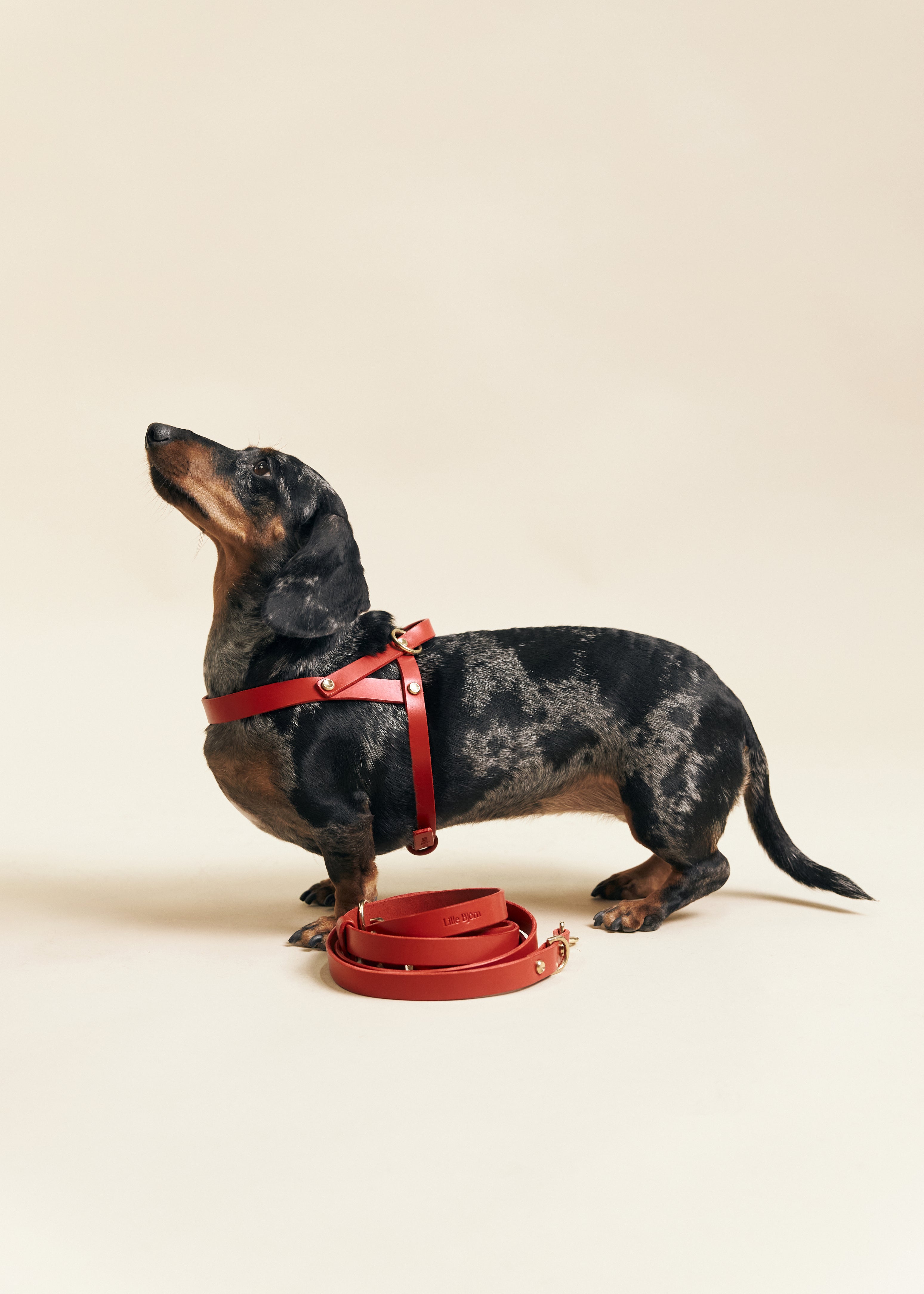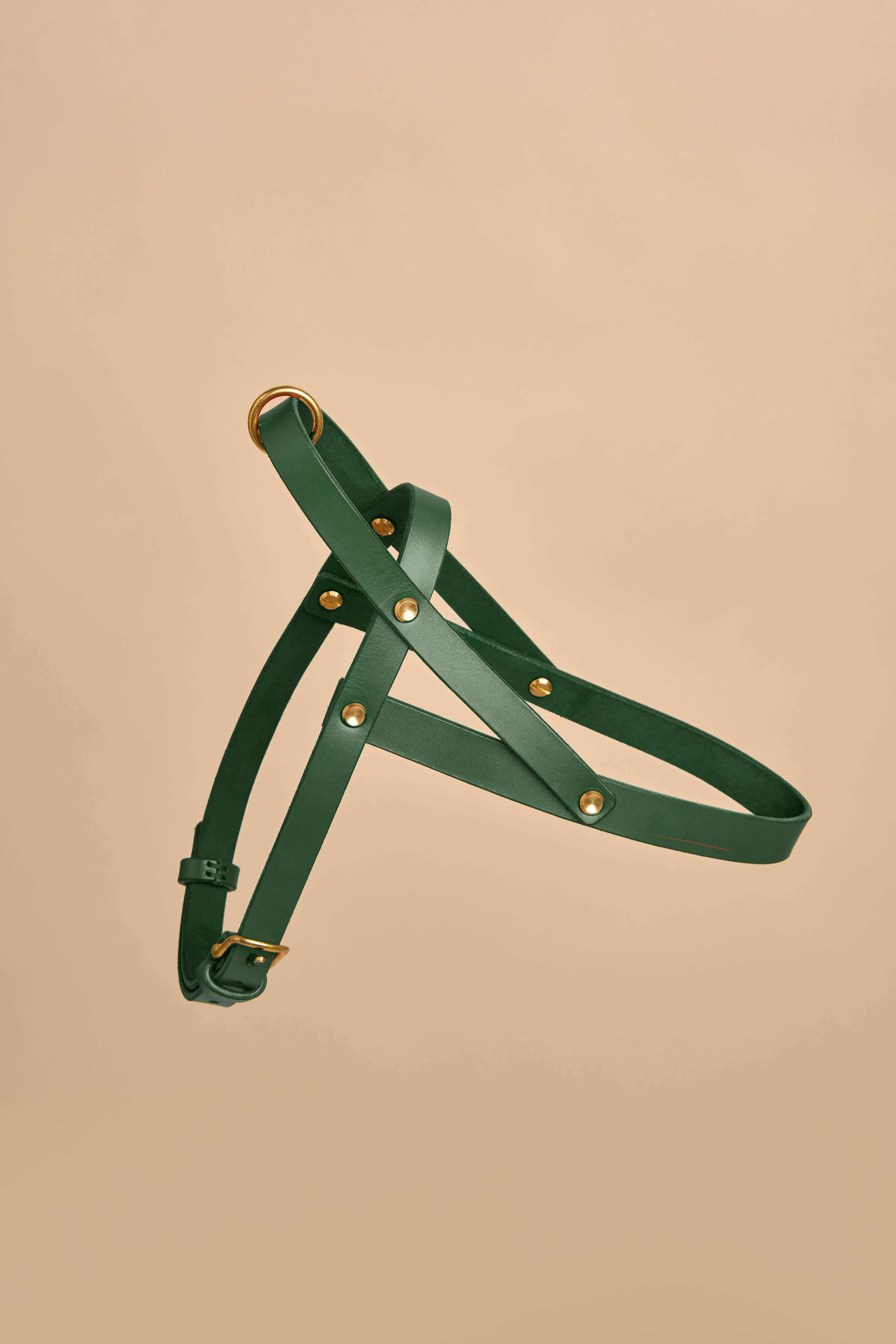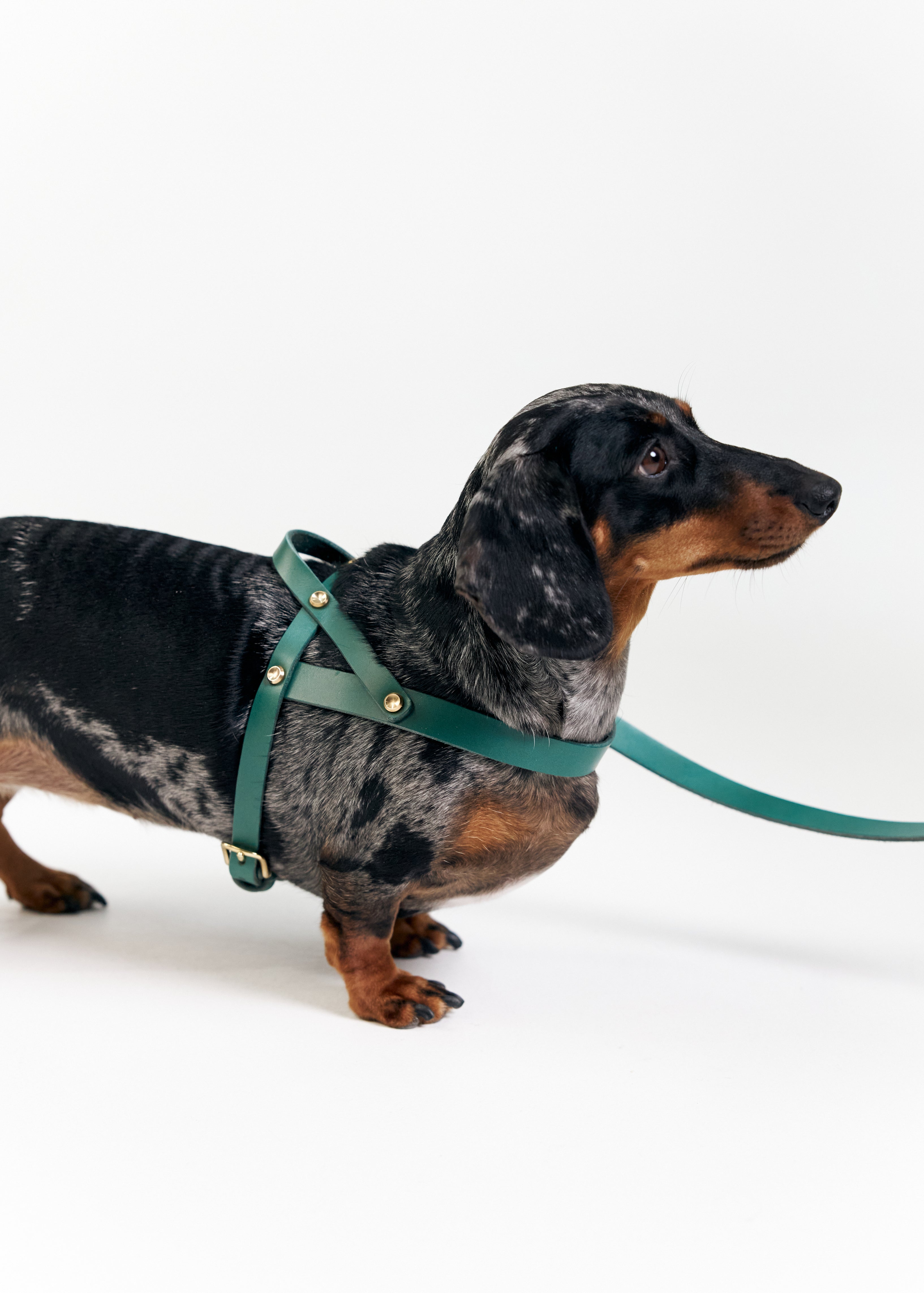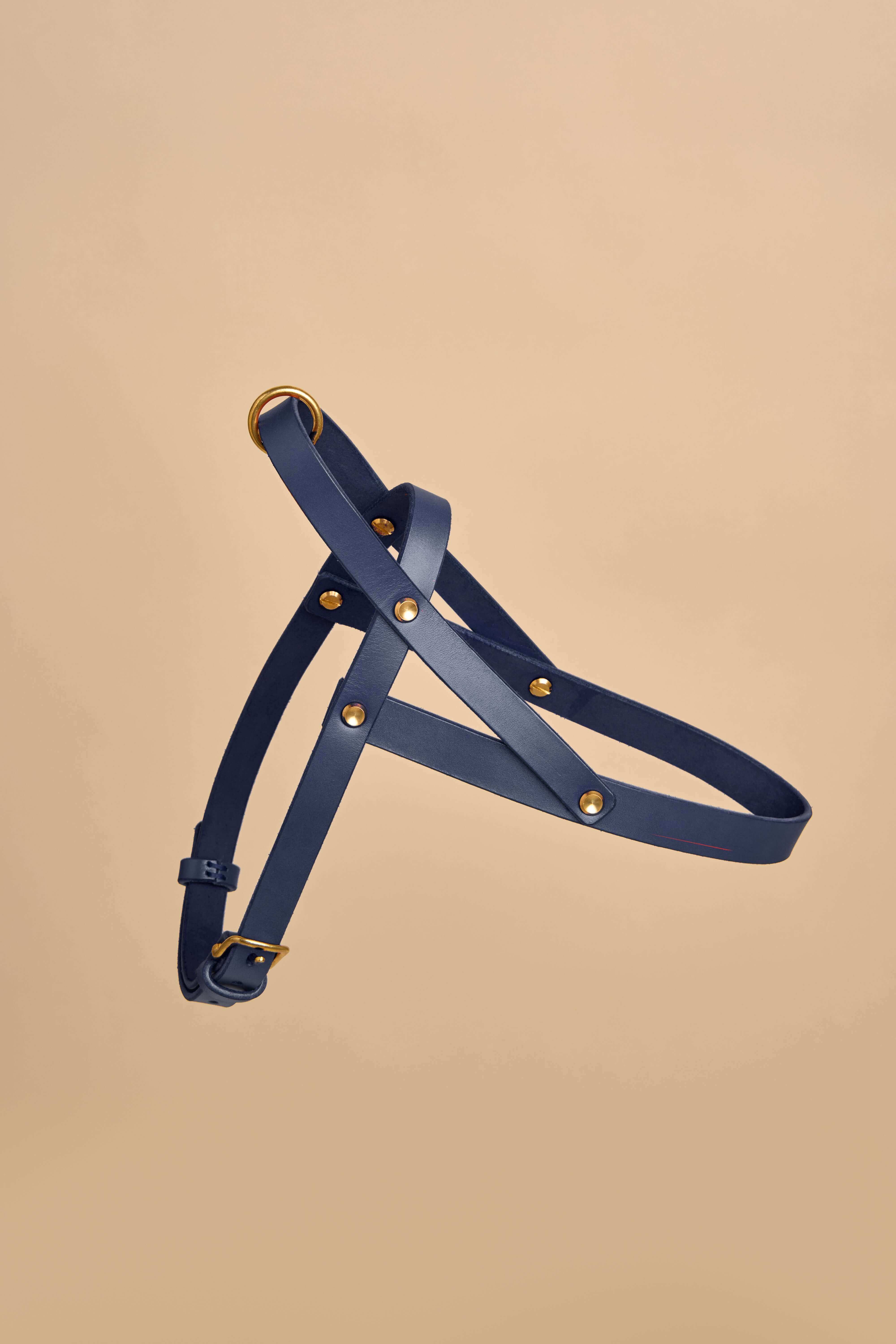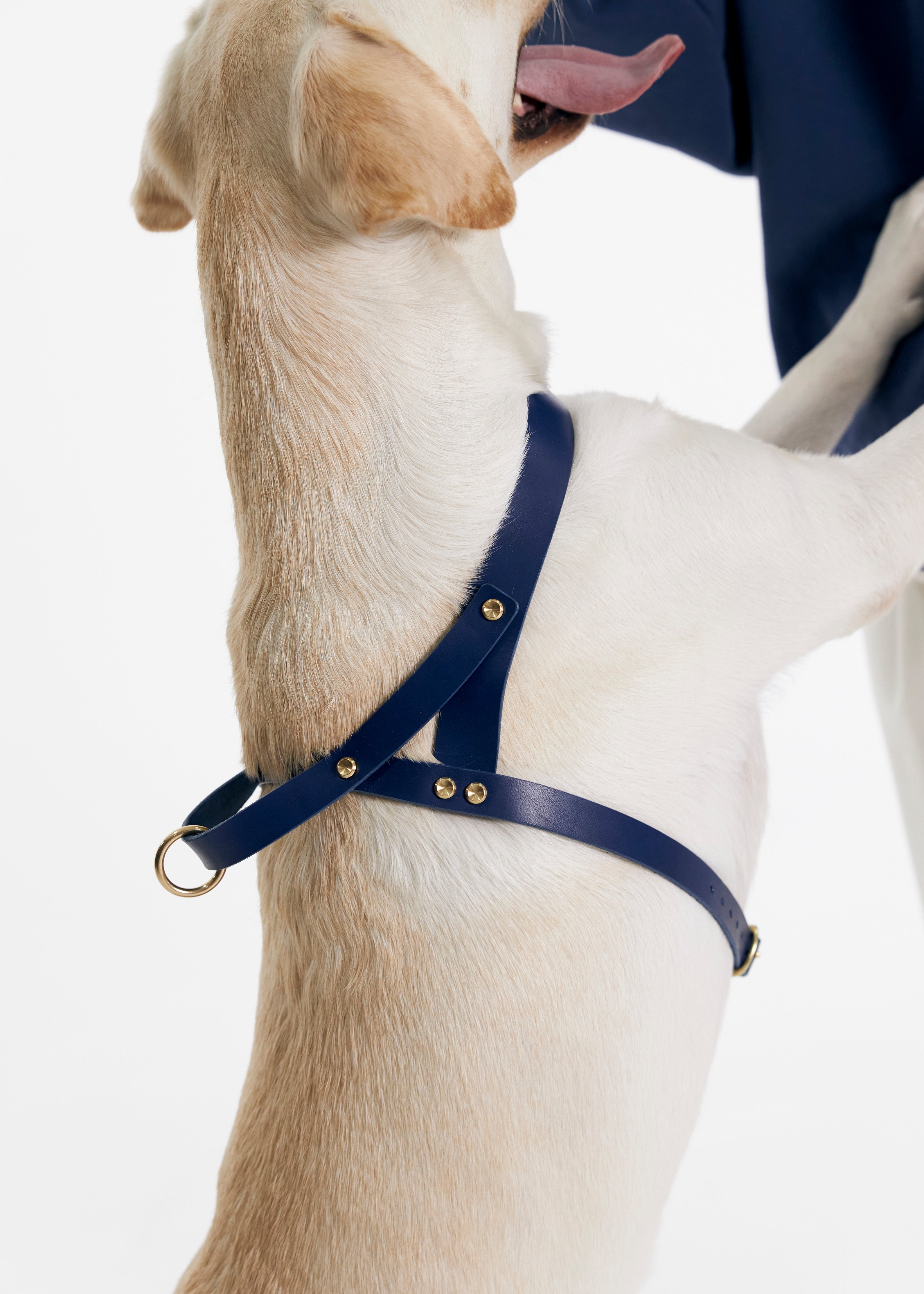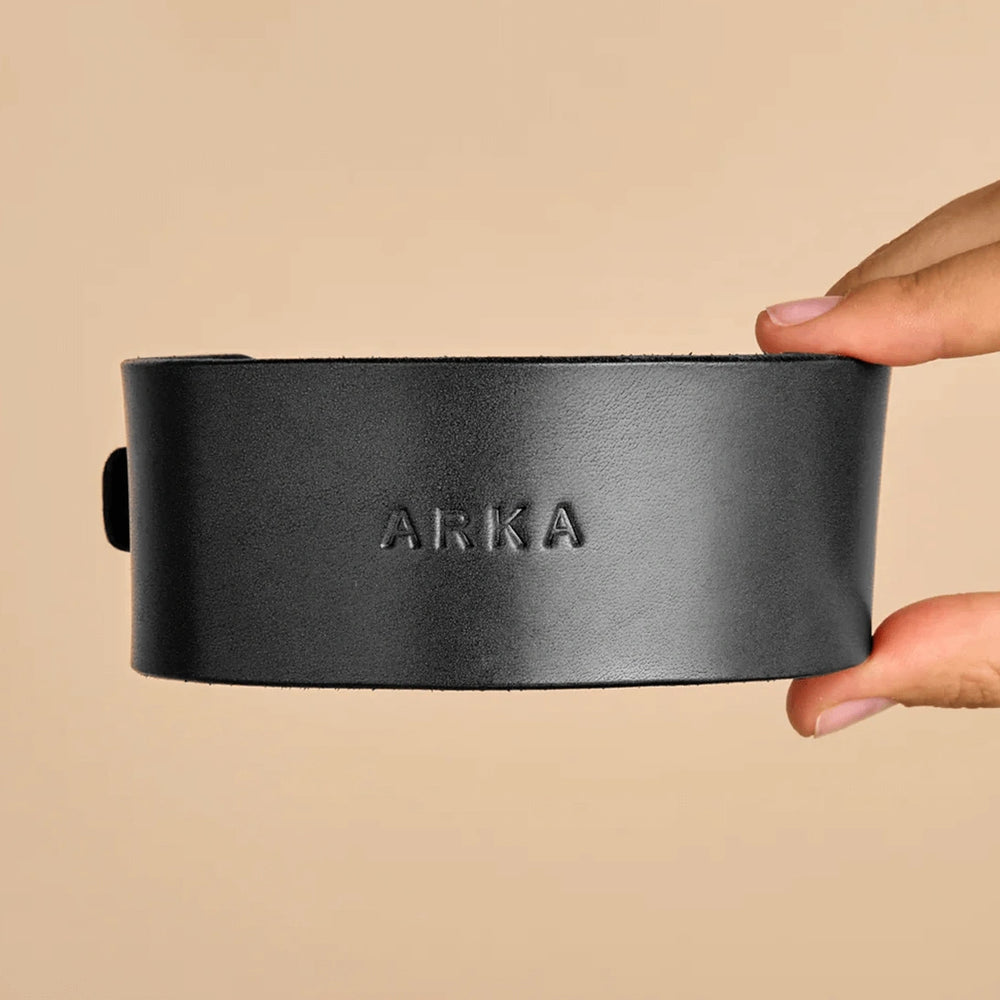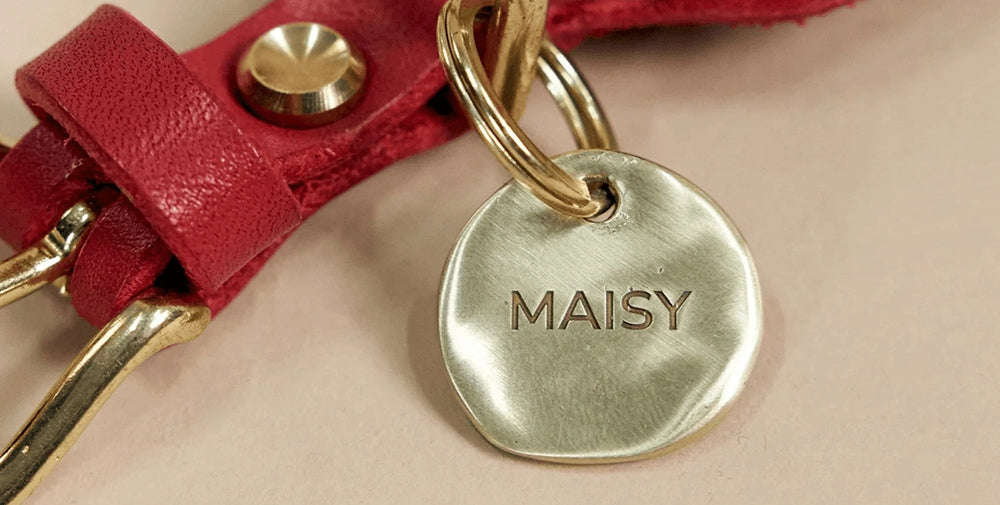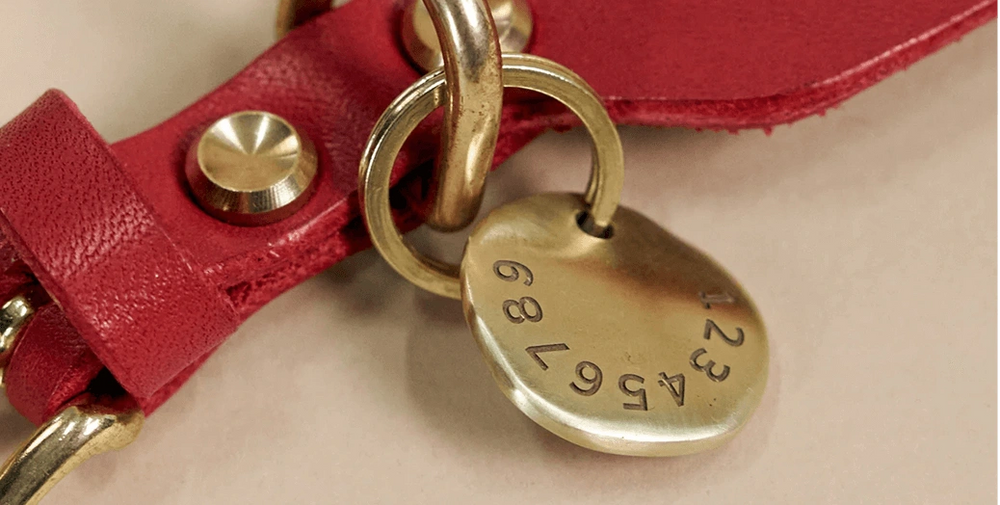Alongside the love and fun that you share with your precious pup every single day, one of the most fundamental aspects of pet ownership is making sure that their well being is always front and centre in your mind. This will often involve going through different types of training and using different types of equipment.
You have probably heard of a prong collar before, a now controversial tool that was once used in dog training but now is seen by many as potentially damaging to a pup’s physical and mental health. Though some trainers argue that they can be useful in managing the strongest and most reactive dogs, the evidence is growing all the time to highlight their associated risks.
Let’s take a closer look at prong collars and the issues that they carry, along with some alternative training solutions that we think are more humane!
Understanding Prong Collars: Why They Are Problematic
What Are Prong Collars?
Sometimes also known as pinch collars, prong collars are metal chains that are designed to have inward facing prongs. When tension is applied to the collar, these prongs actively dig into a dog’s neck to cause some discomfort and discourage them from engaging in unwanted behaviors like pulling on their leash.
Essentially, the intention of a prong collar is to force correction through discomfort, which teaches your dog to associate pulling on the leash with incoming pain. Whilst this may very well work in theory, we can’t help but feel that this kind of approach is simply inhumane and outdated at this point in time. Especially given how many other options are available.
How Prong Collars Work
When wearing a prong collar, if a pup pulls away from their owner on their leash, the collar will tighten and the prongs will dig into the neck area. When the dog stops pulling, the pressure is released.
The Harmful Effects of Prong Collars
Physical Damage & Long-Term Health Risks
Prong collars have the potential to cause a number of serious health issues for your dog, including:
- Skin wounds and bruising from the repeated pressure of the prongs, which if left untreated or unchecked can turn into things like infected rashes.
- Muscle strain and/or spinal damage from the constant tension if the dog isn’t adjusting its pulling behavior.
- Tracheal and thyroid injuries from pressure being put on the neck, leading to compression and potential breathing issues. This is especially crucial for any dog breed that has historically been vulnerable to tracheal injury and/or collapse.
- More general breathing difficulty related to force on the windpipe, that can lead to things like coughing, gagging or more severe respiratory problems. Alongside the obvious distress that this will cause your pup, it can also lead to vet bills on your behalf that would not exist if a better collar was being used.
Psychological and Behavioral Consequences
Beyond the levels of physical harm, there is the psychological side that cannot be ignored, and can do irreparable damage to a pup’s psyche.
- Fear based learning, in which a dog learns to associate pain with their everyday activities like walking, can lead to a high degree of anxiety and stress. And eventually, it may get to a stage where your dog no longer wants to go for a walk because of the pain and discomfort that they associate with being outside wearing their collar.
- If your pup starts to get frustrated with the discomfort they are feeling, this can escalate into levels of defensive aggression towards you and potential other dogs and people when out walking. The best case scenario is that they bark at you to show their unhappiness, but the worst case scenario could be anything from biting you or, even worse, biting somebody else out at the dog park that could lead to really devastating repercussions if authorities get involved.
- It’s sad to think about, but when a dog is exposed to near continuous levels of pain, they can often stop expressing themselves naturally, leading to a state of being passive and fearful with emotions being suppressed. No loving dog owner in the world would want to see their beloved pet become a shell of their former self.
Safer and More Humane Alternatives
So, now you know what to avoid, what are the alternatives to be considering instead? Rather than opting for such a force based tool, there are plenty of humane alternatives that achieve good training through positive reinforcement instead.
Standard Flat Leather Collars
Standard flat leather collars are super soft and durable, which makes them comfortable for wearing everyday. They distribute pressure evenly across a dog’s neck, rather than focusing on just a single point. They are a great option for you if your pup is already well trained and just needs an accessory to keep it safe and controlled on walks.
Martingale Collars - A Secure Yet Humane Option
Martingale collars are designed to stop dogs from slipping out of their leashes without causing them any pain at all. The collar will gently tighten when your dog pulls, but unlike a prong collar it won’t choke or pinch. Martingales are especially great for dog breeds with narrower heads and necks, like Greyhounds or Whippets.
Training Without Force: Teaching Dogs Not to Pull
Instead of choosing to punish your dog when they pull, a more effective type of training might focus on rewarding them for good behavior, which can help to create a more positive association with loose leash walking.
Reinforcing Good Behavior
Reward your dog with plenty of praise, treats and toys when they succeed in walking calmly by your side. Rather than causing discomfort, just teach them that pulling will result in stopping the walk, which they won’t like again and again!
Stop-and-Start Method
When your pup starts pulling, stop your walking immediately, and only start back up again when you can feel that the leash is loose. This helps to reinforce for your pet that the pulling is the thing that is causing the disruption. They might become frustrated by the stopping and starting, but at least it is only frustration rather than pain and discomfort. And eventually, any smart pup will put two and two together to understand that refraining from pulling is the only way to keep their walk going!
U-Turn Technique
When you feel your dog pulling, actively turn in the opposite direction in order to get their attention. Doing this repeatedly encourages them to focus on you as the handler rather than being hampered by external distractions.
Making the Right Choice for Your Dog
Making the right collar choice not only helps you in your training efforts, but it also helps your dog to live the happiest and most stress free life possible.
Why Prong Collars Are Outdated
There is so much more awareness now of the harmful effects of forceful training methods, and this has definitely led to a shift towards more positive reinforcement. Modern dog trainers and owners alike are much more focused on philosophies that favor communication and trust over fear and force.
Strengthening the Bond Between Dog and Owner
It doesn’t take a rocket scientist to realize that training that is rooted in kindness is going to foster a stronger and more cooperative relationship between pet and owner. Pups that are trained using positive methods are so much more engaged and eager to learn, simply because they haven’t developed a sense of fear around making mistakes or having small blips in leash etiquette.
Conclusion
Hopefully we have helped you to see that prong collars just pose too many significant risks to be considered ethical in 2025 and beyond, both from a physical standpoint and a psychological one. The humane alternatives we have highlighted like flat leather collars and martingale collars are definitely safer options, and combined with a commitment to positive reinforcement training, it makes for a great combo to teach your pup without the threats of fear and pain.
As the responsible pet owner that you are, we know that you are committed to making the most informed choices possible for the well being of your precious furry friend. A key element of this is embracing training methods that are pain free, because this not only ensures that your pup stays healthy and happy, it also continues to strengthen the special bond that you have.
The bottom line? Choose kindness today and keep the prong collar in the past where it belongs, and head to The Lille Bjorn store to discover all of the great options we have in stock!




